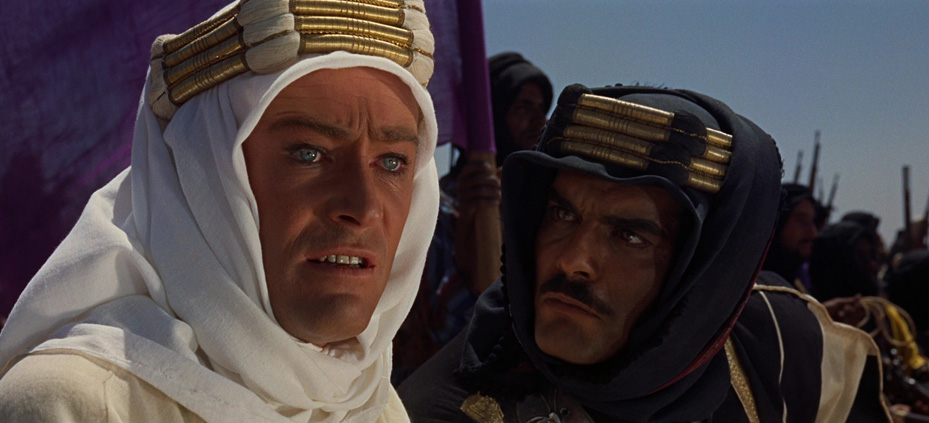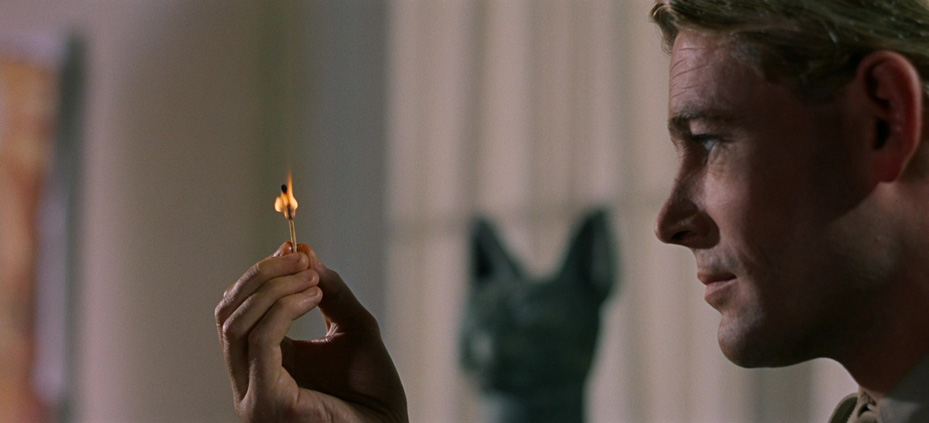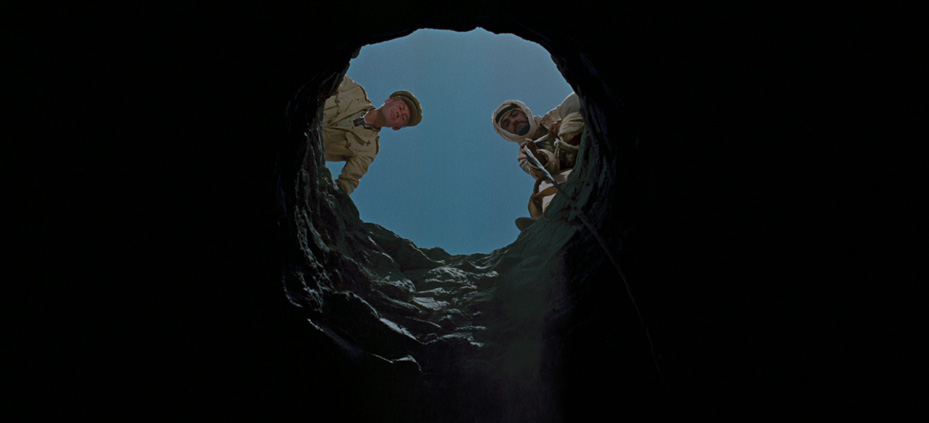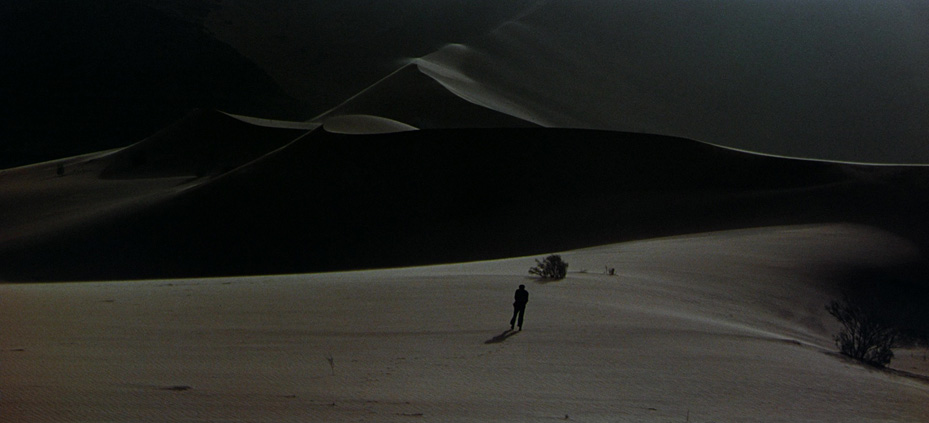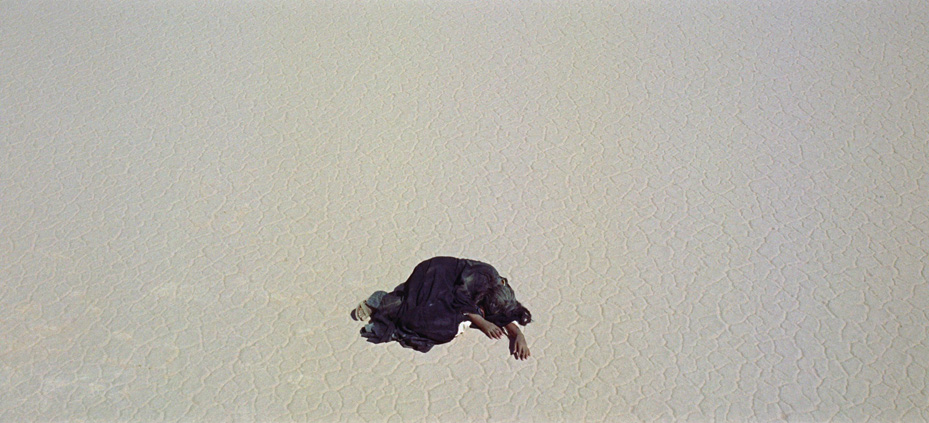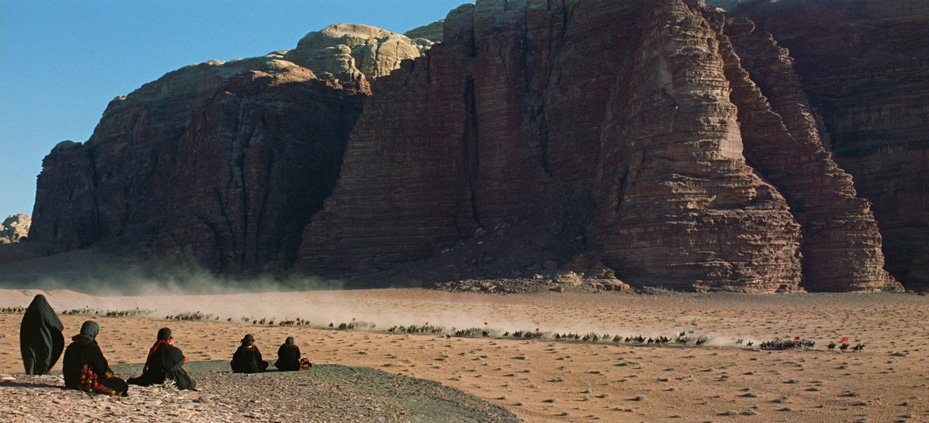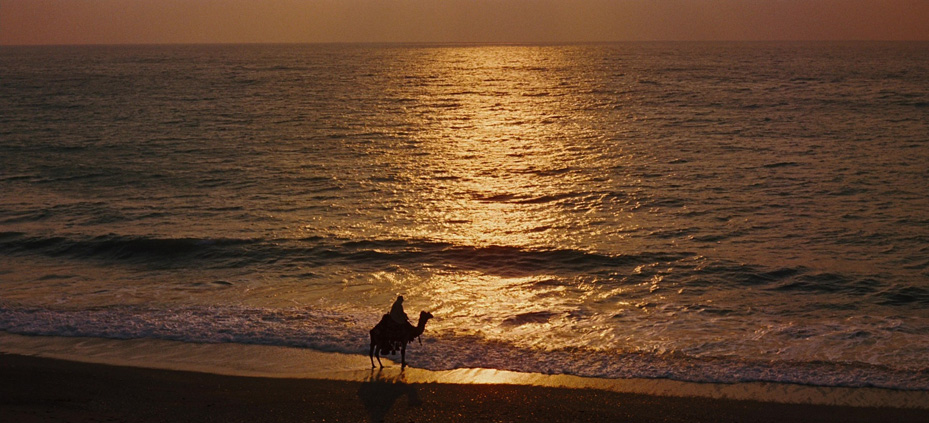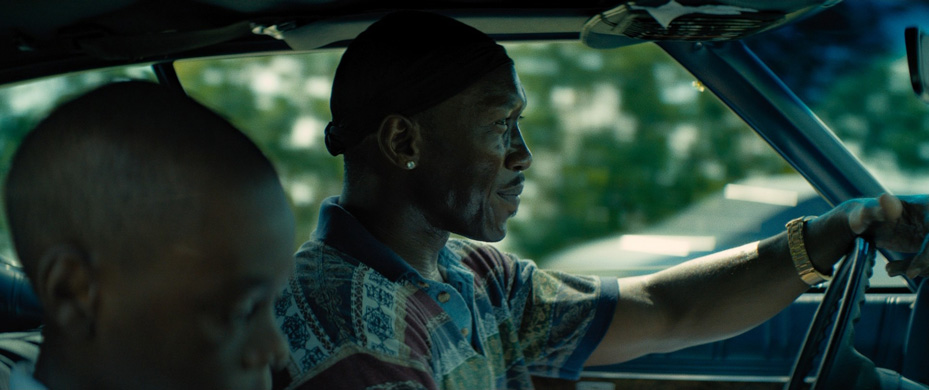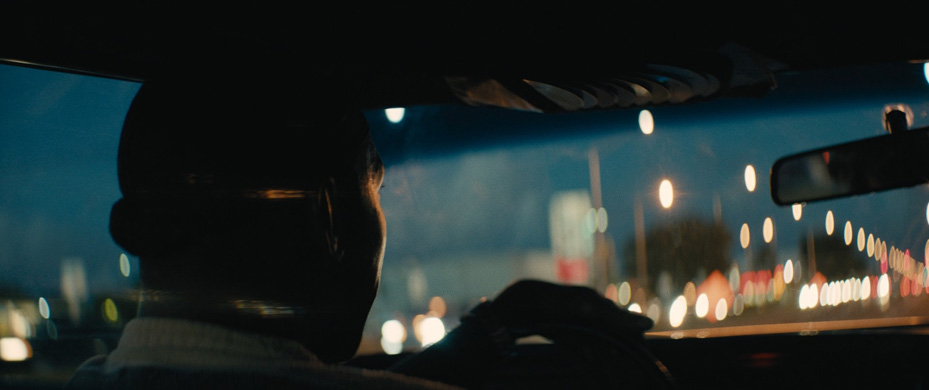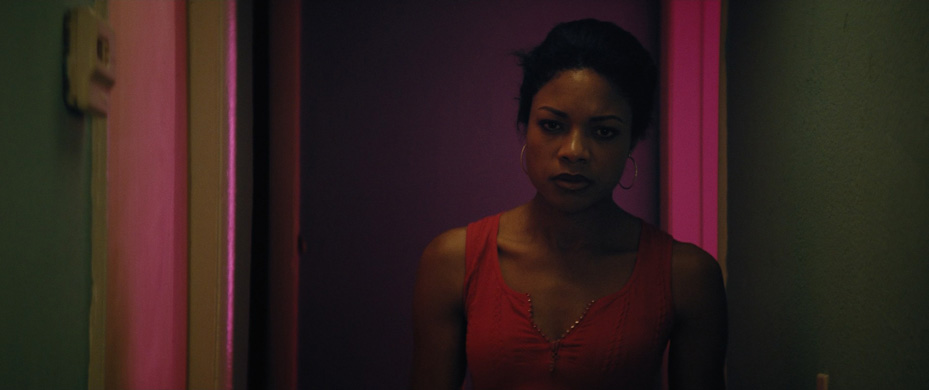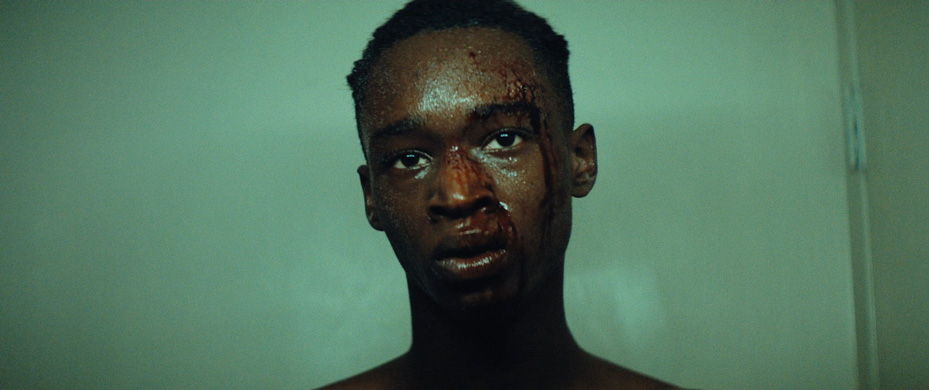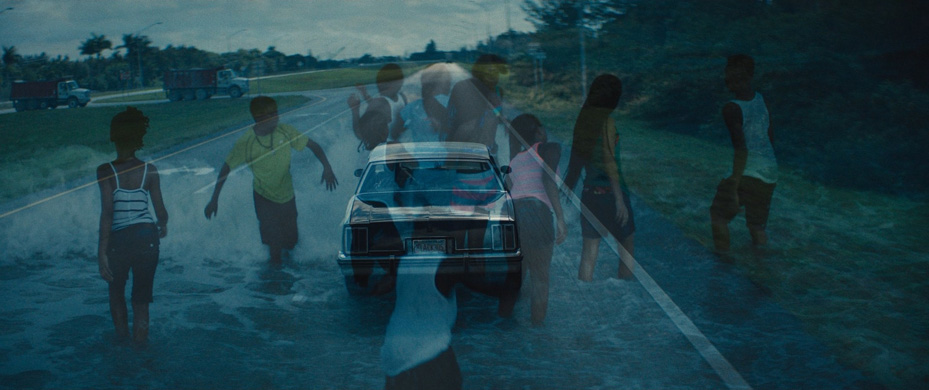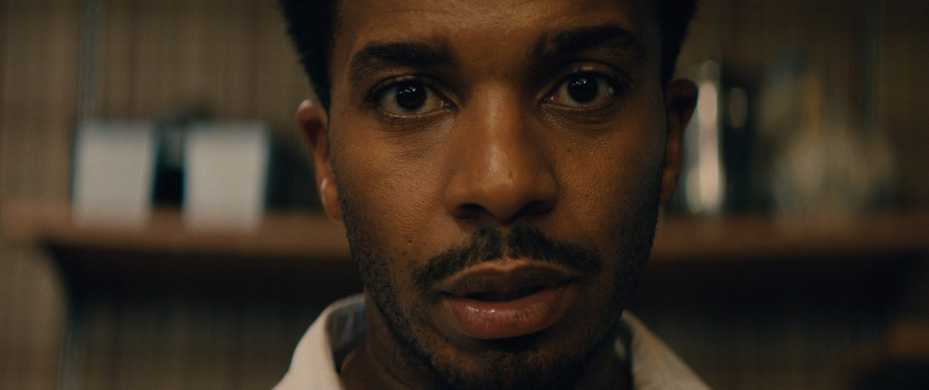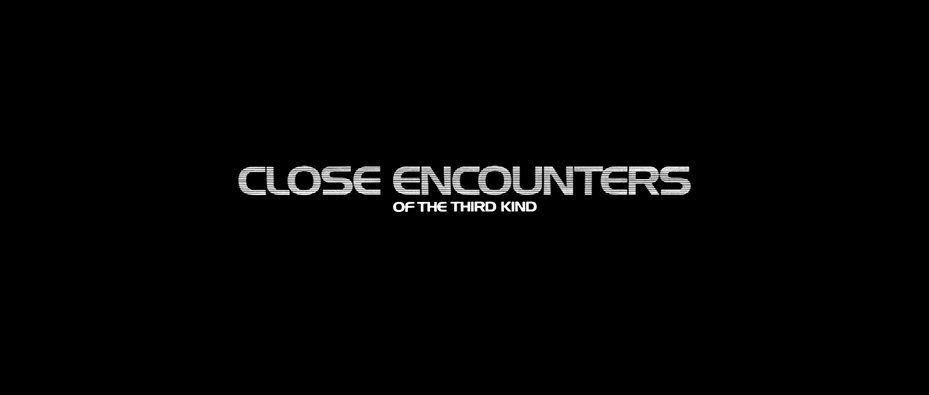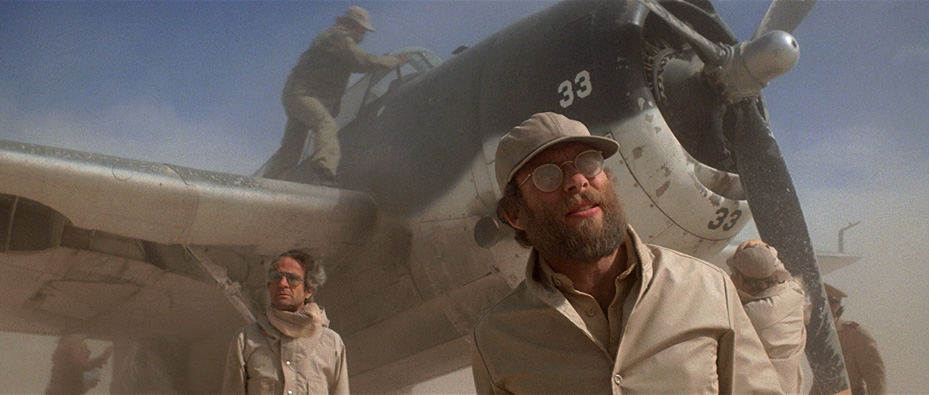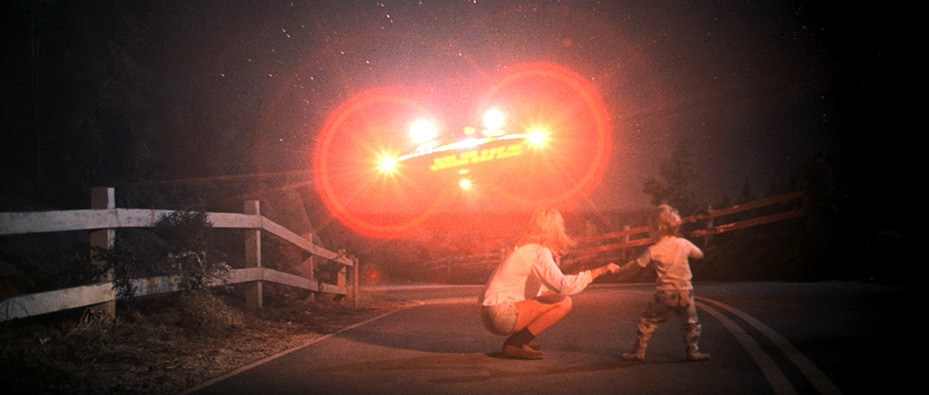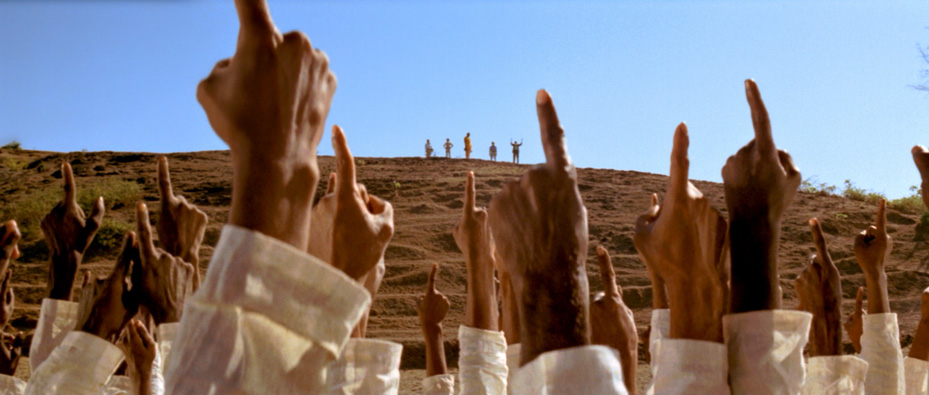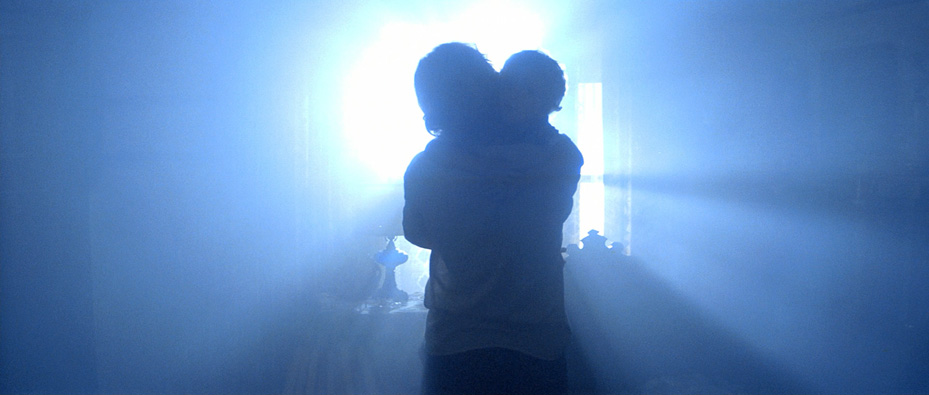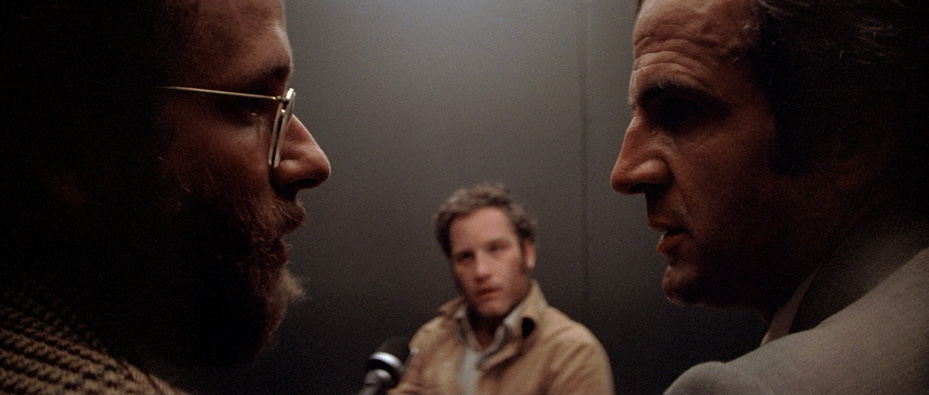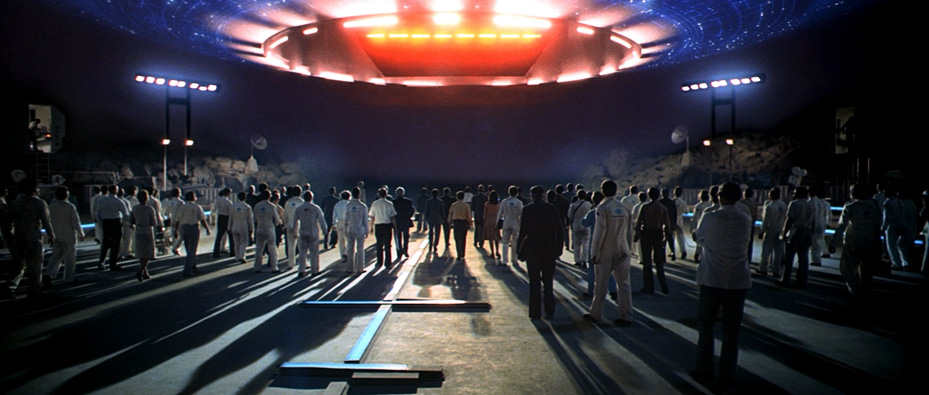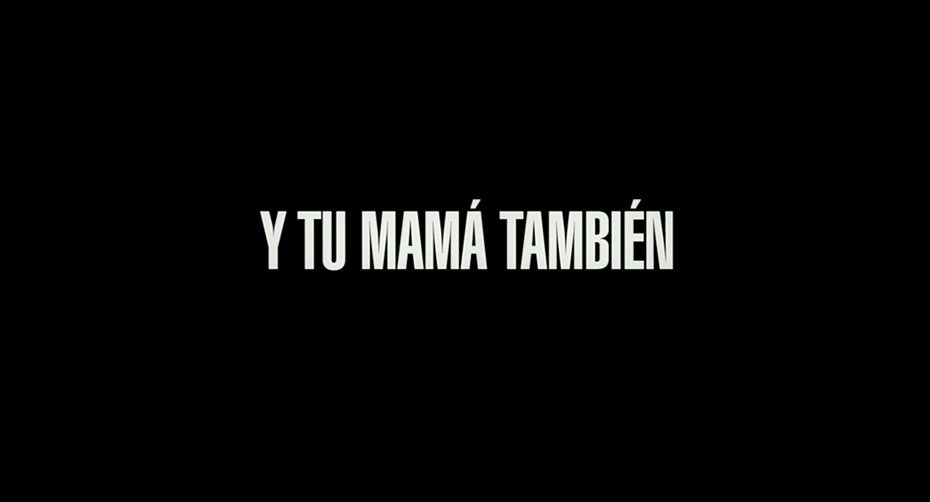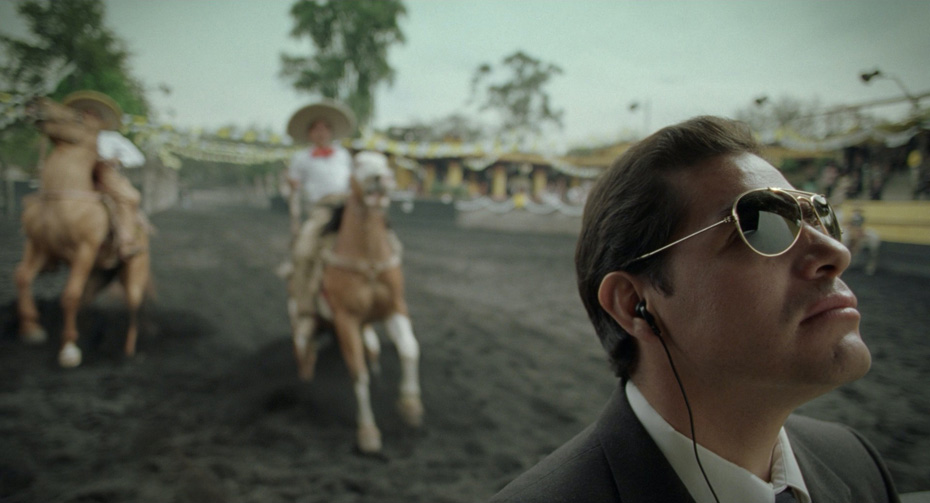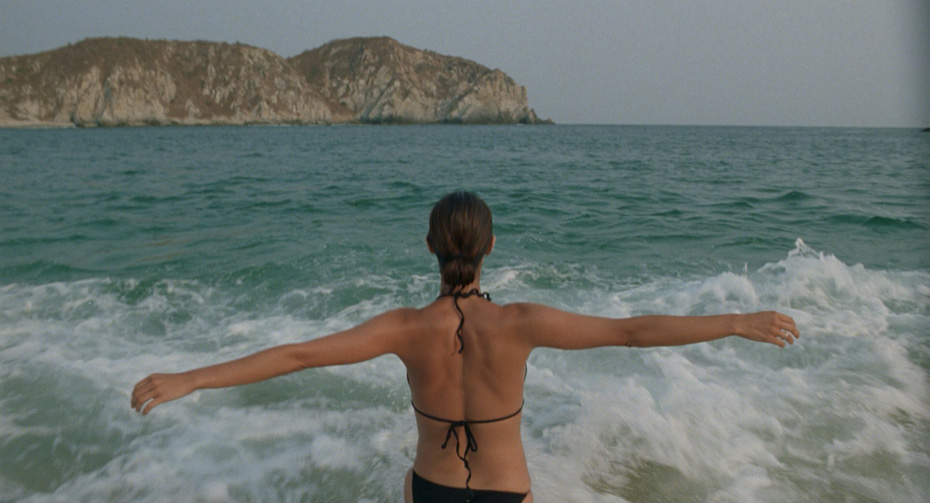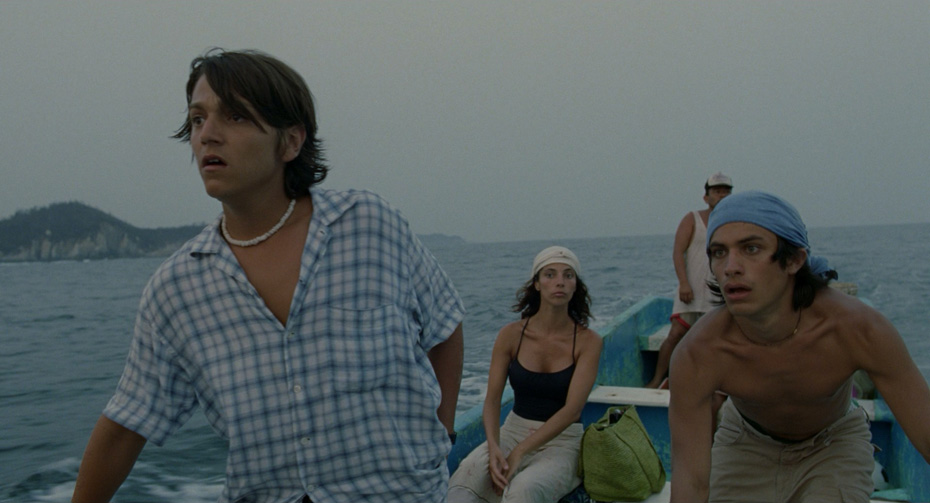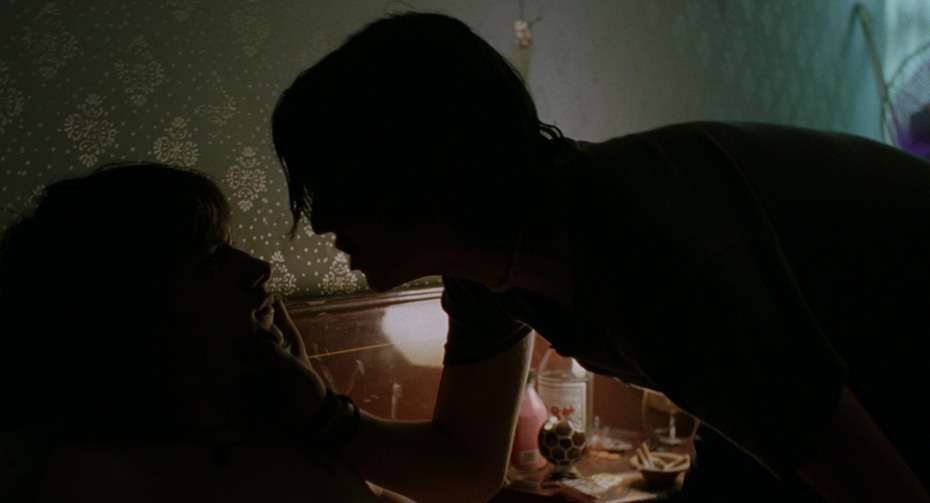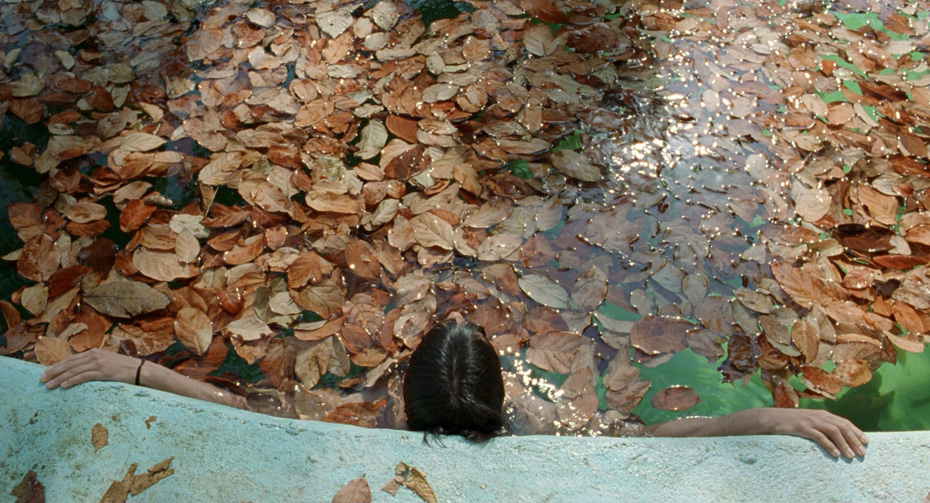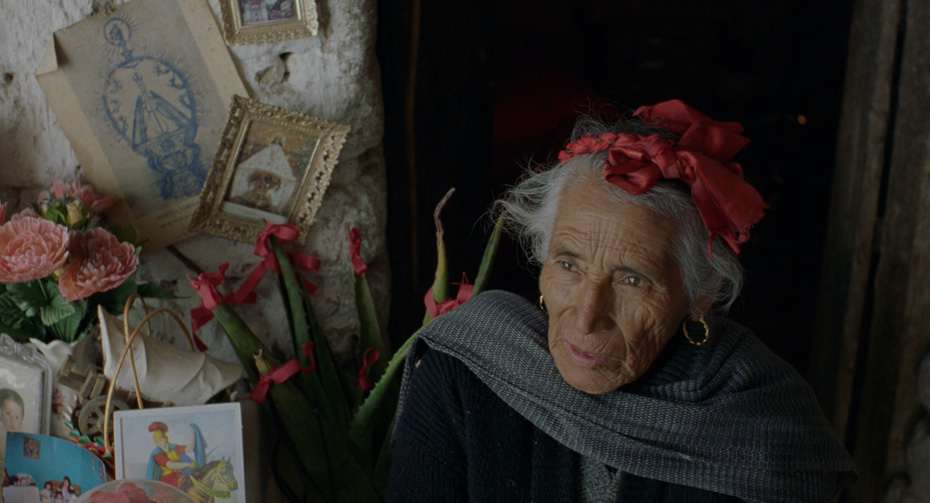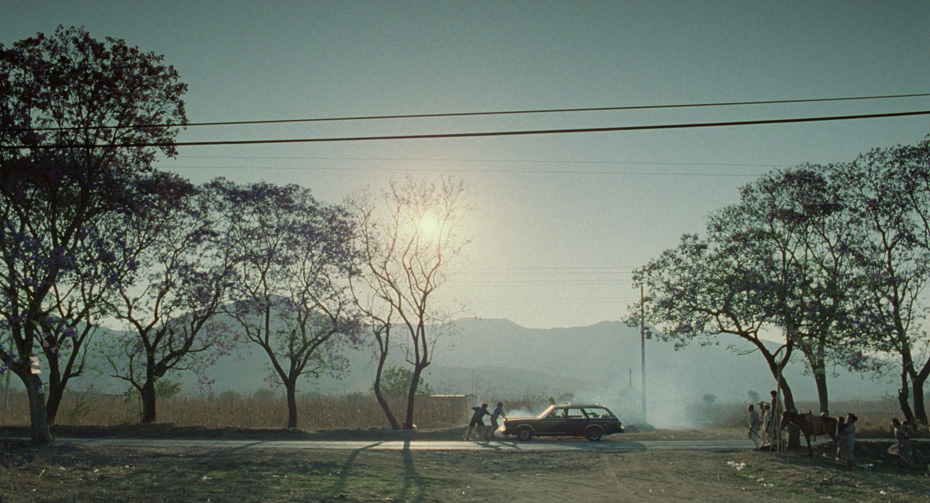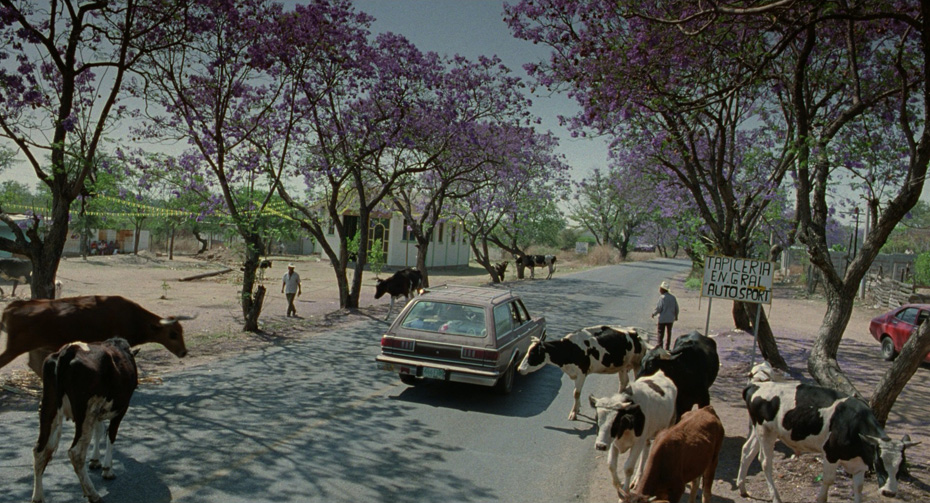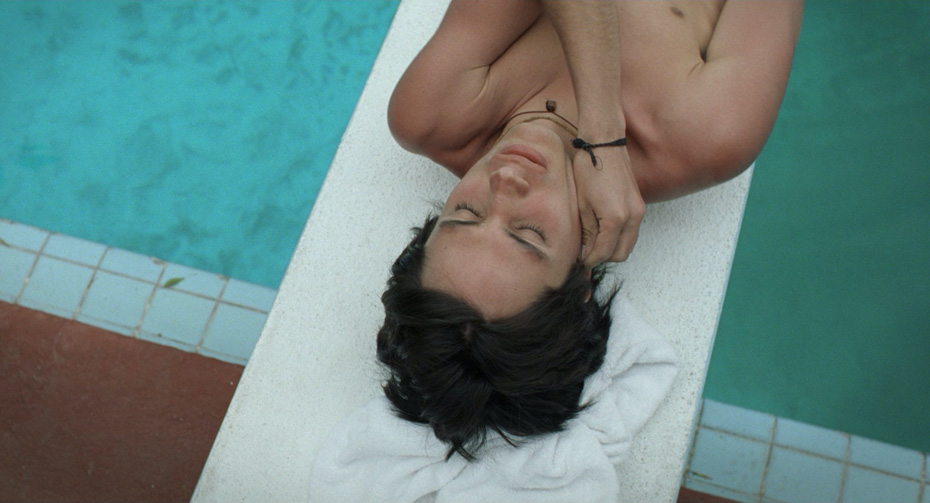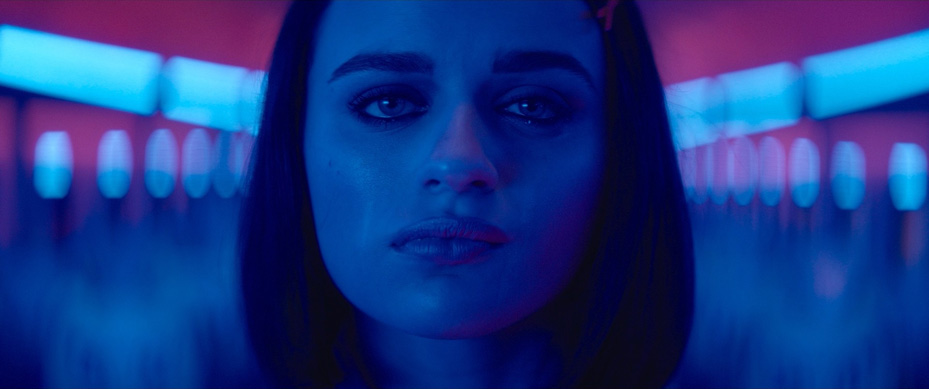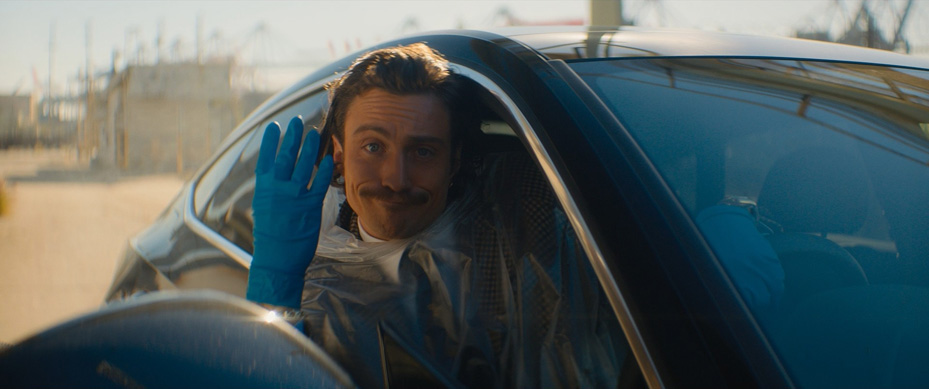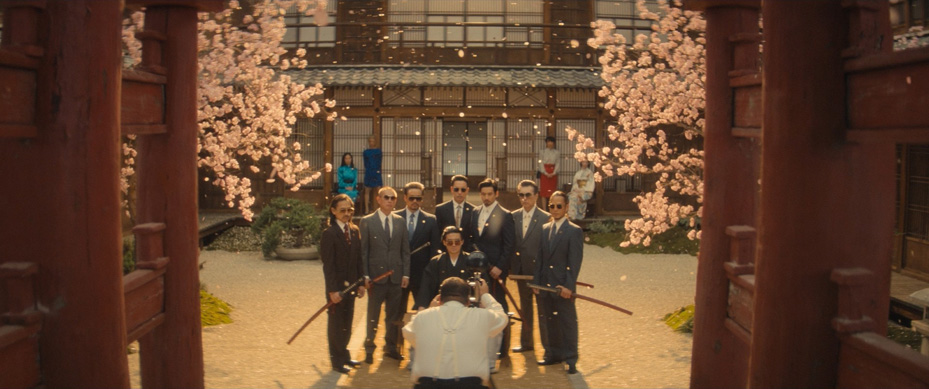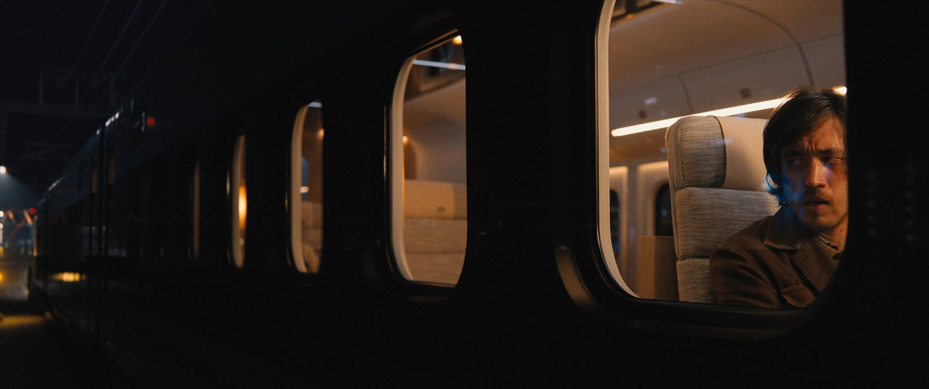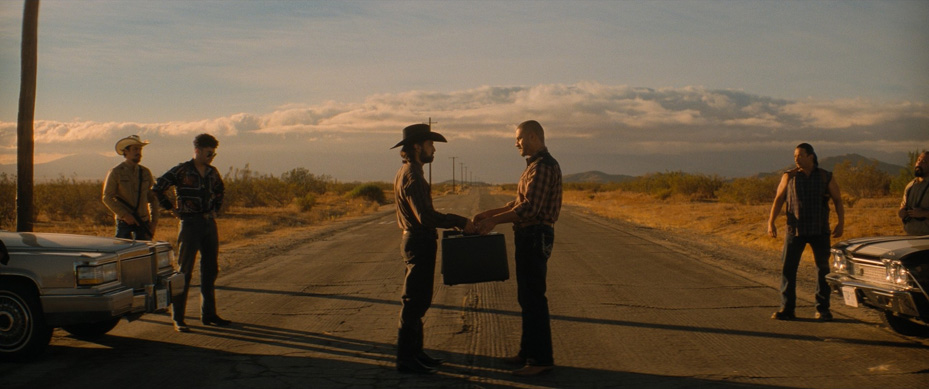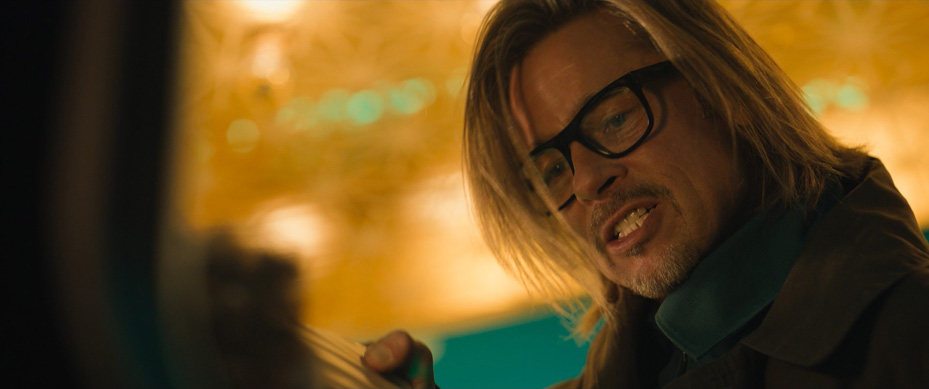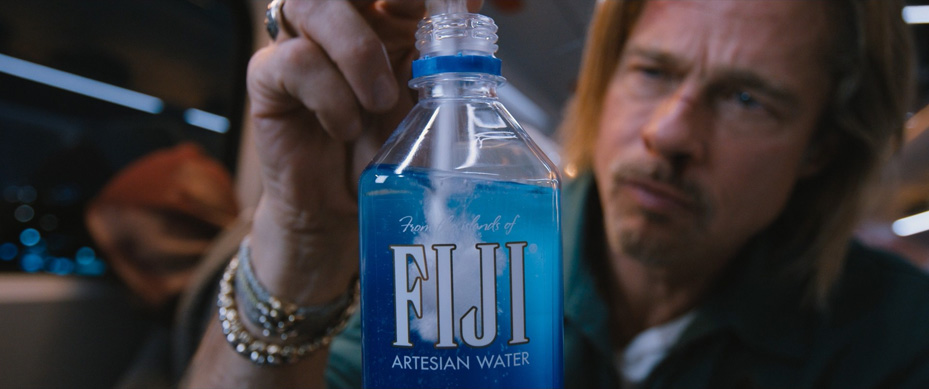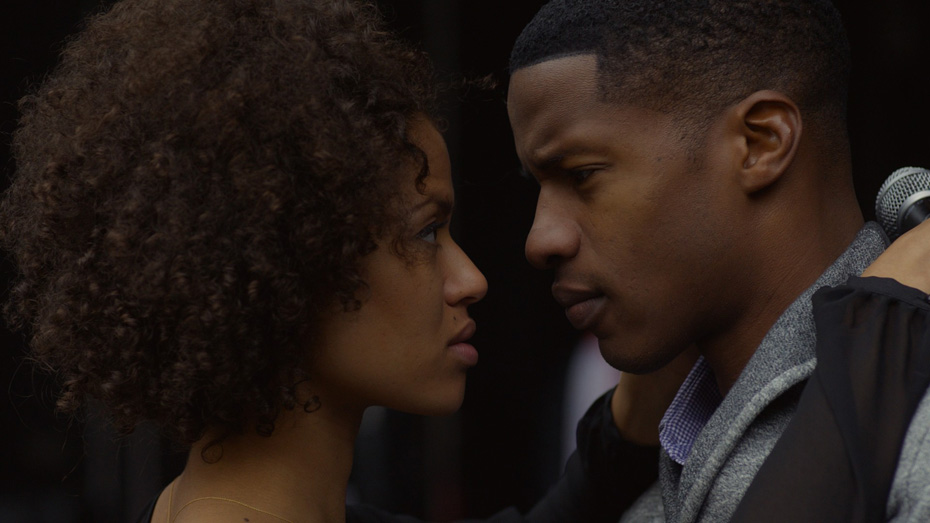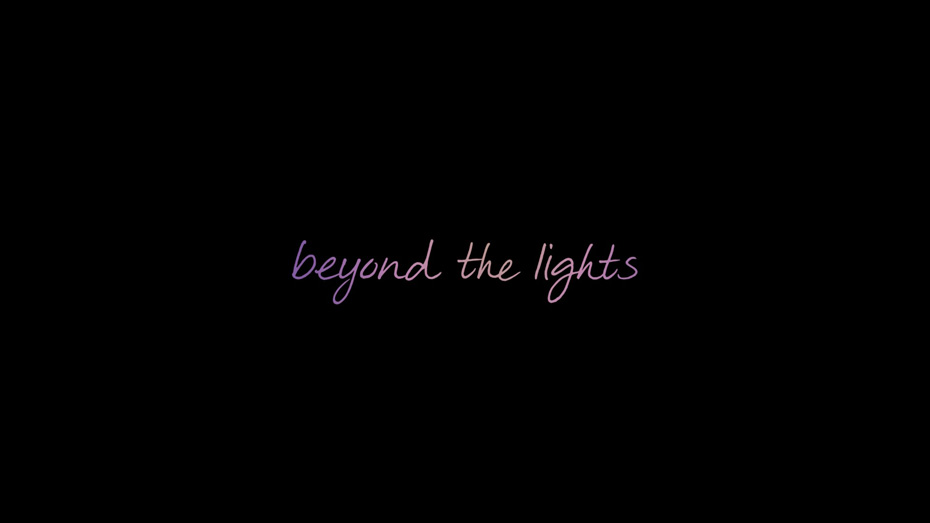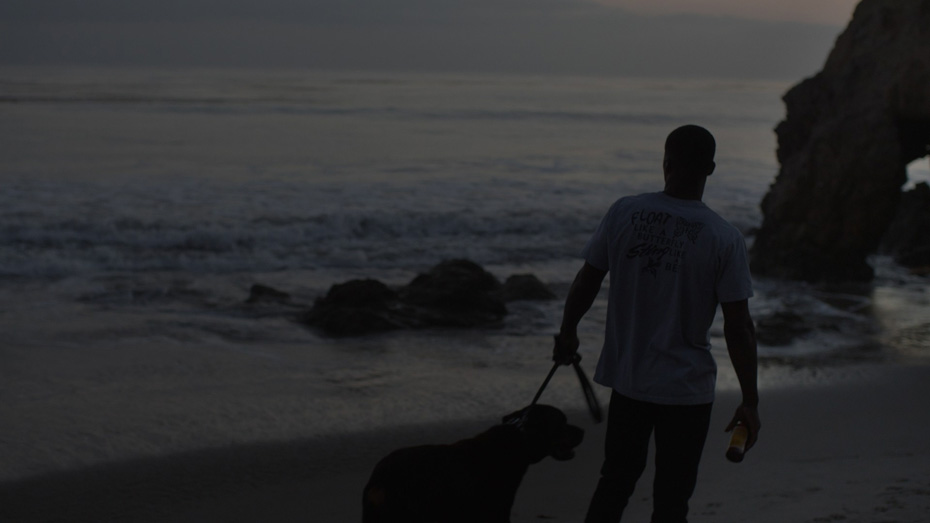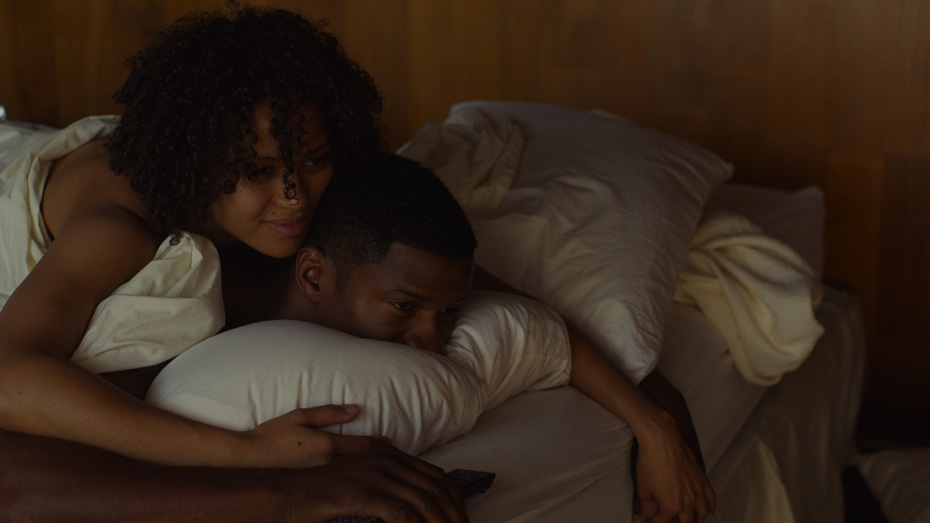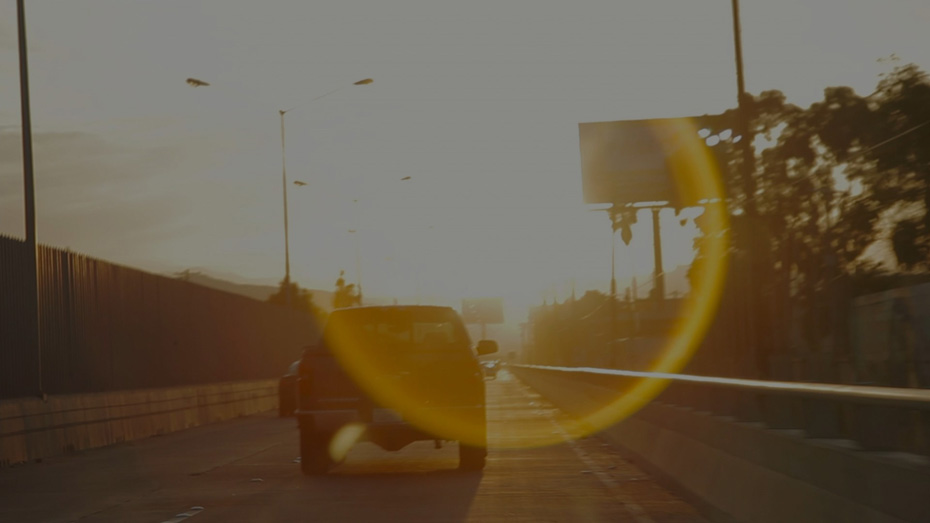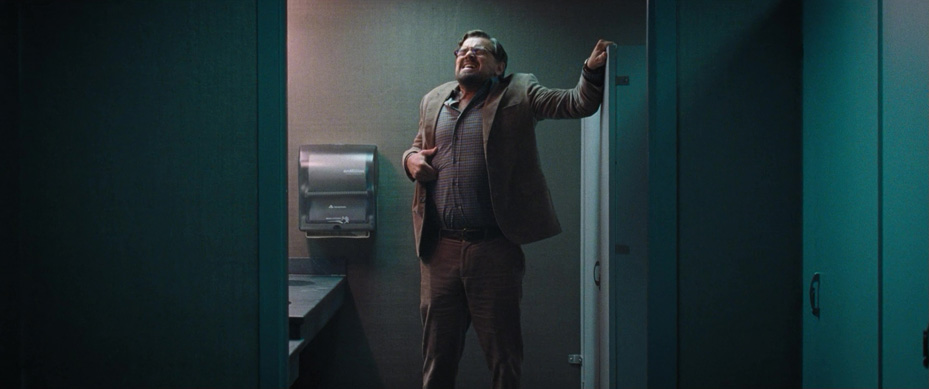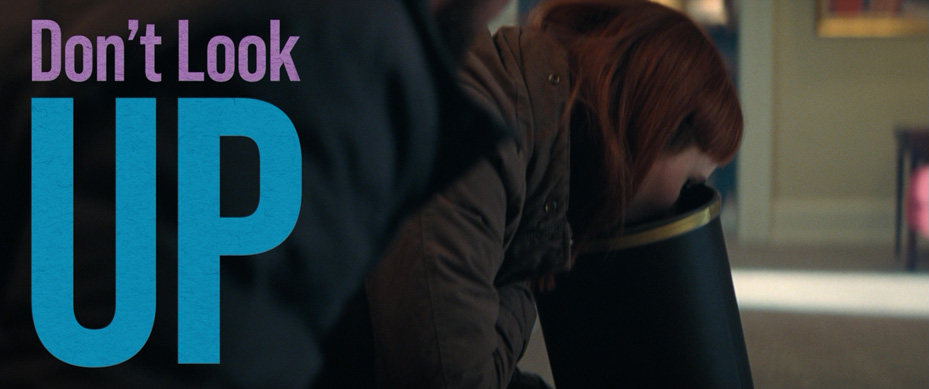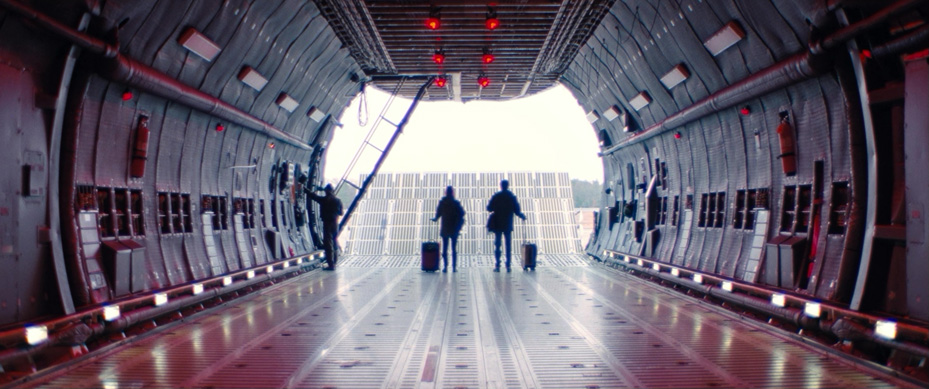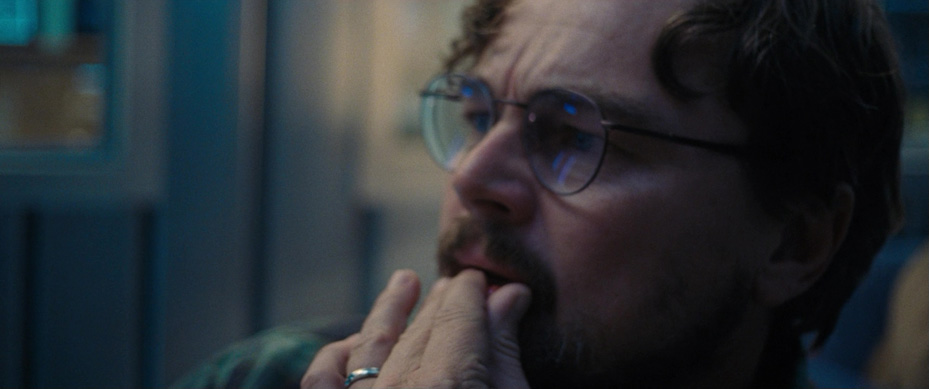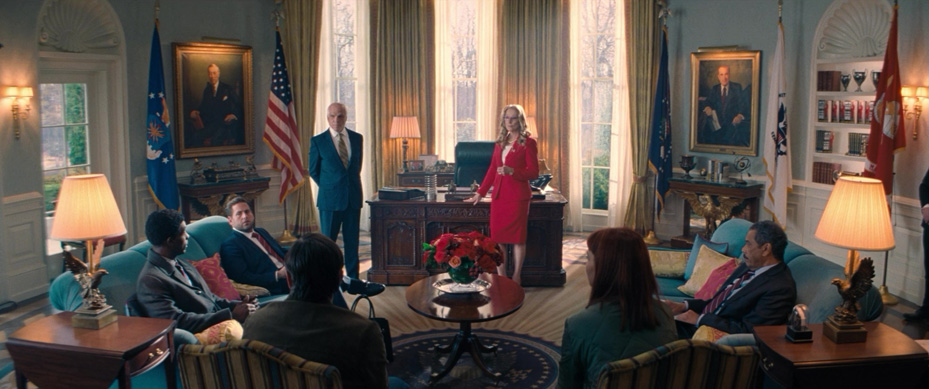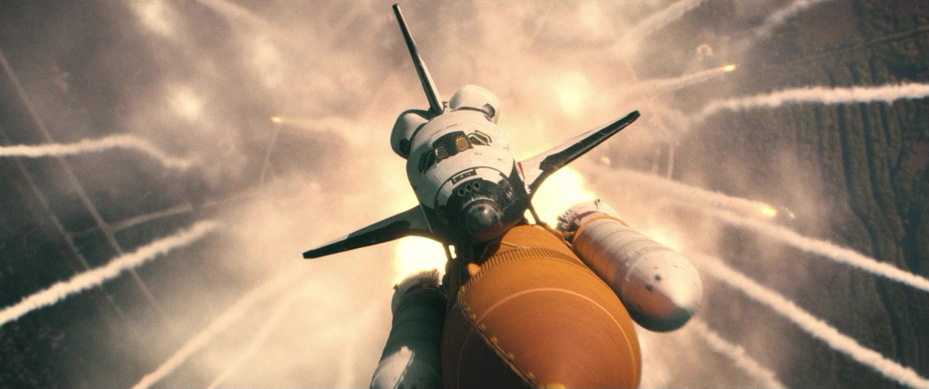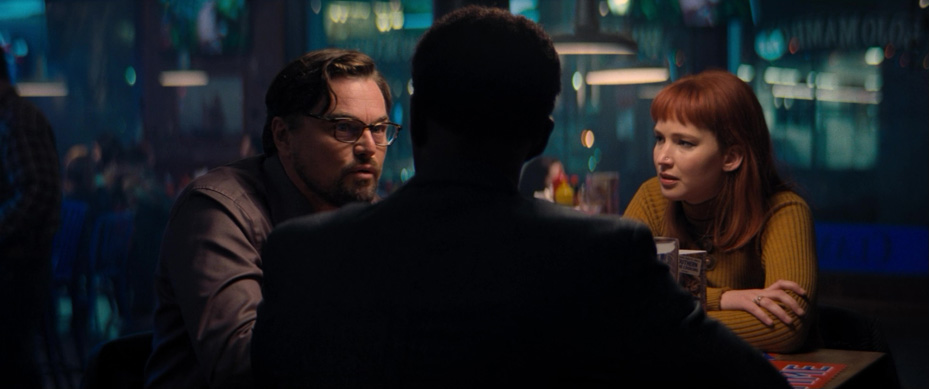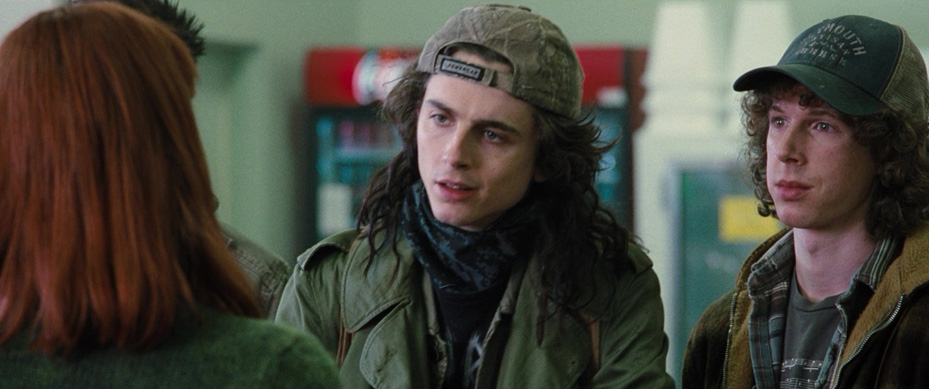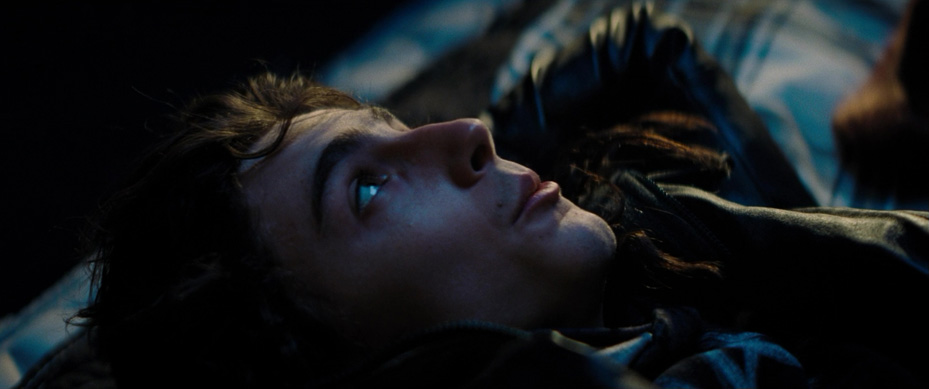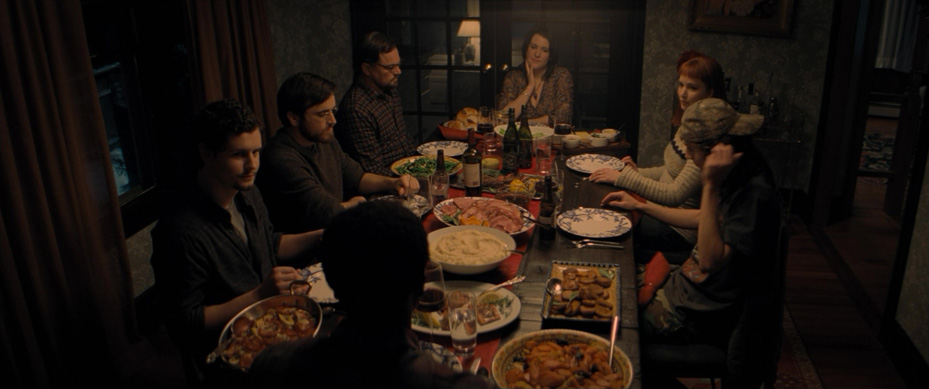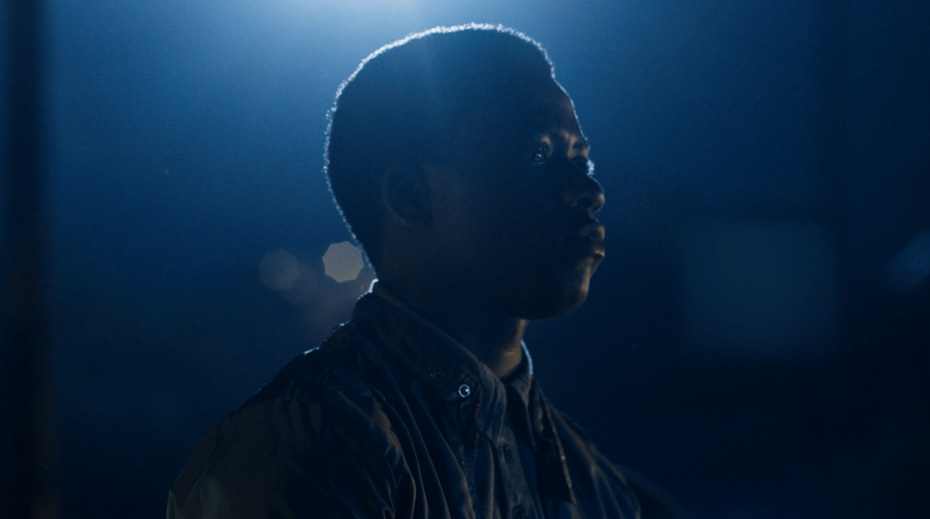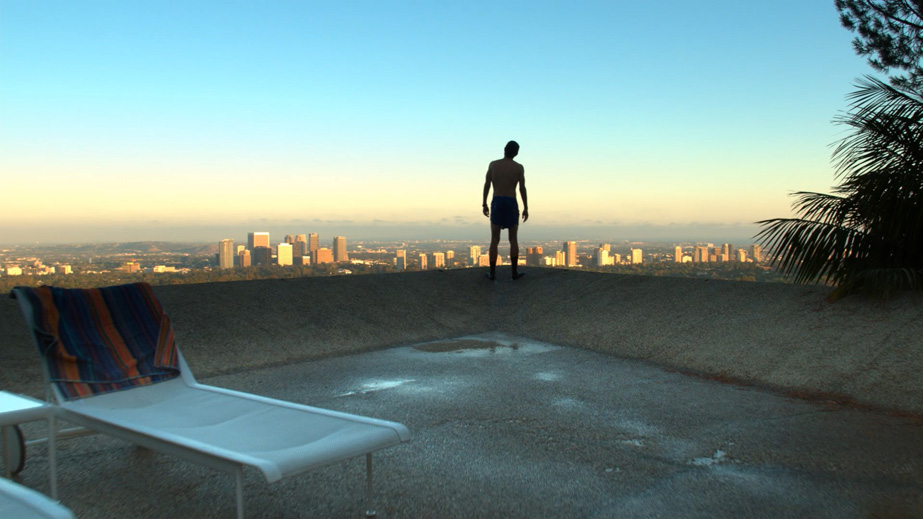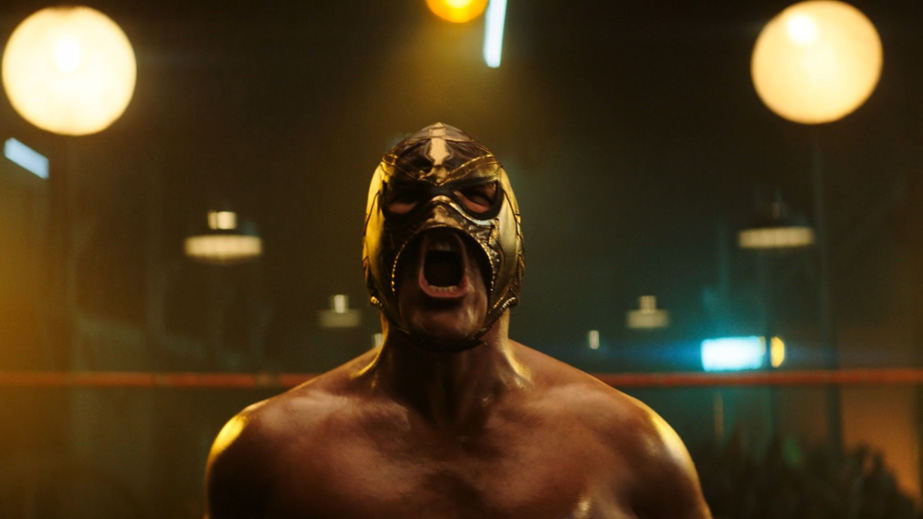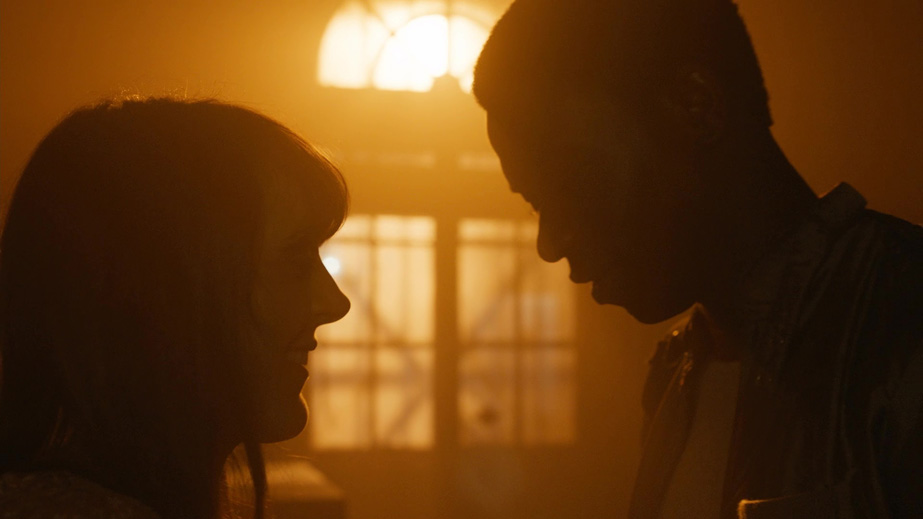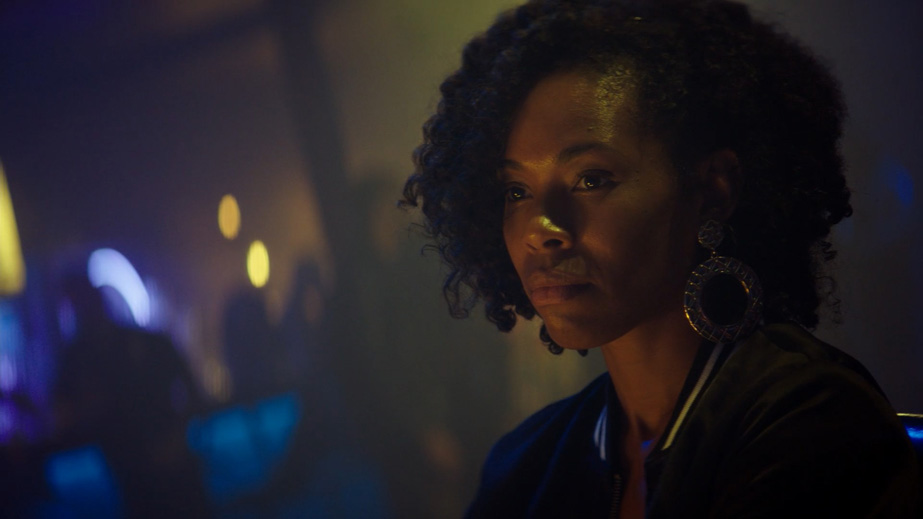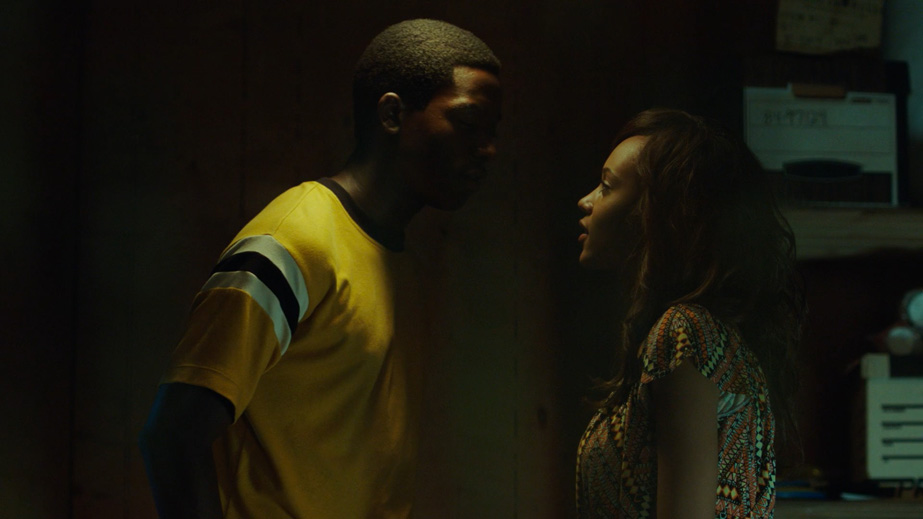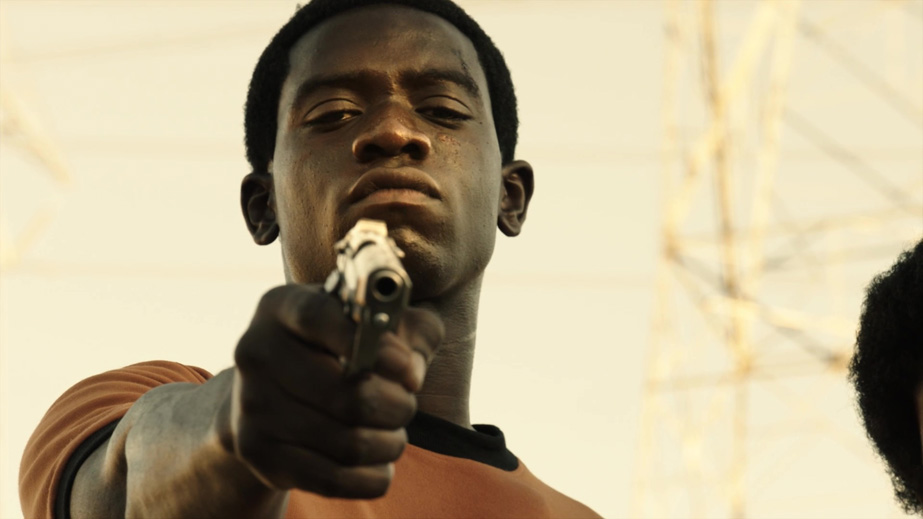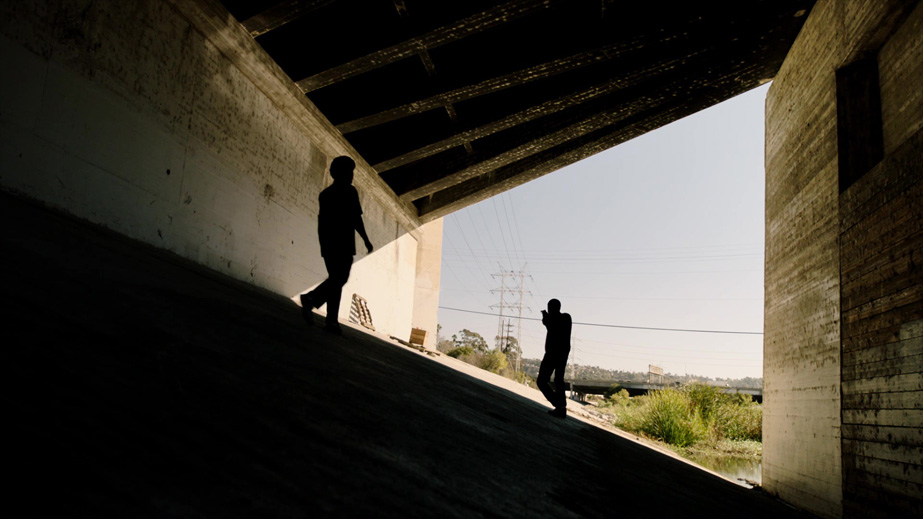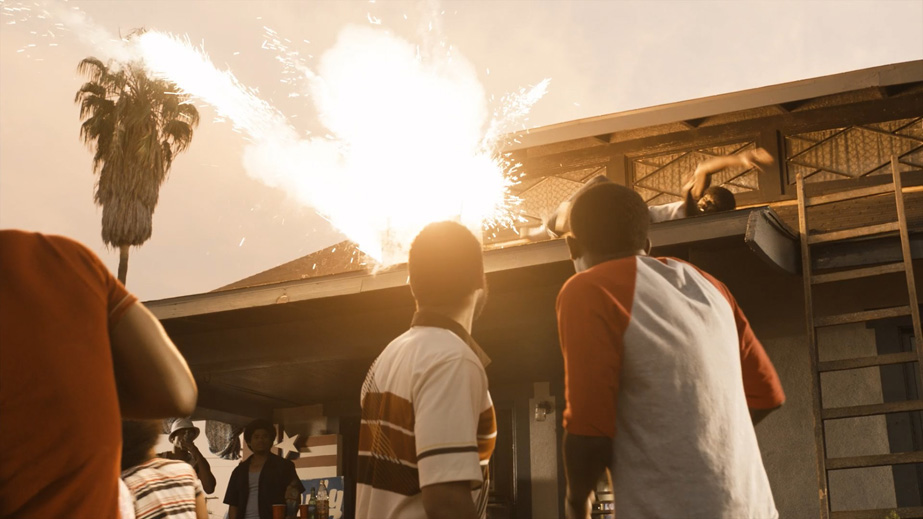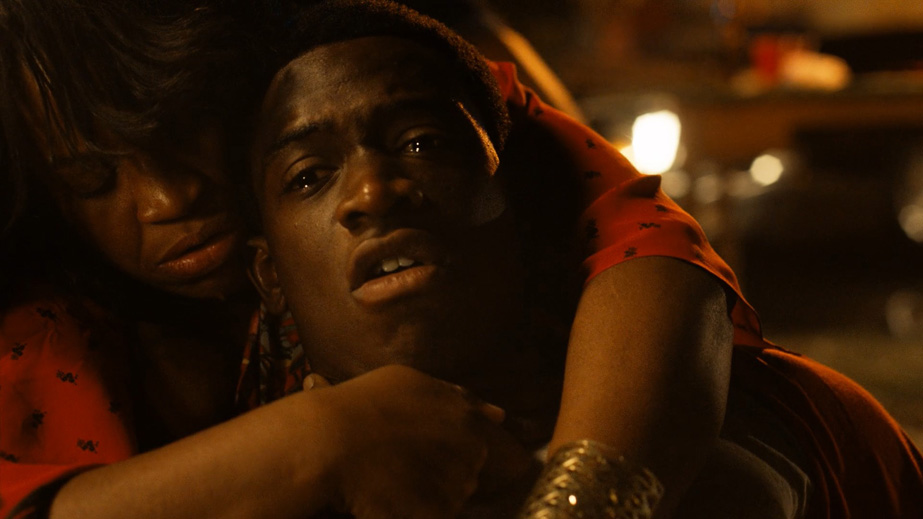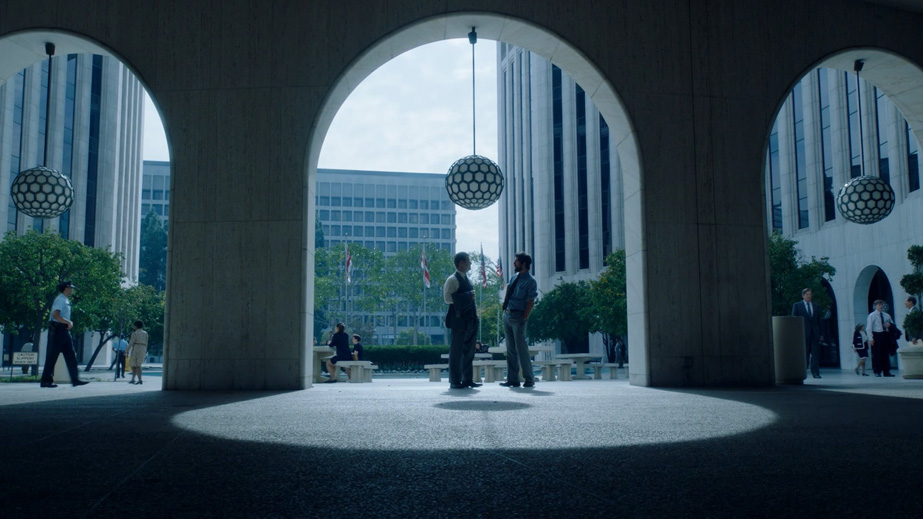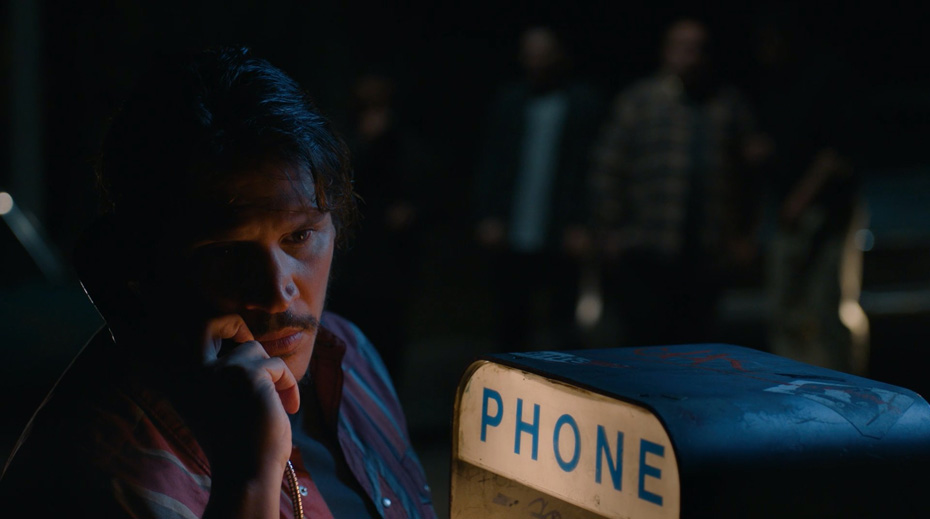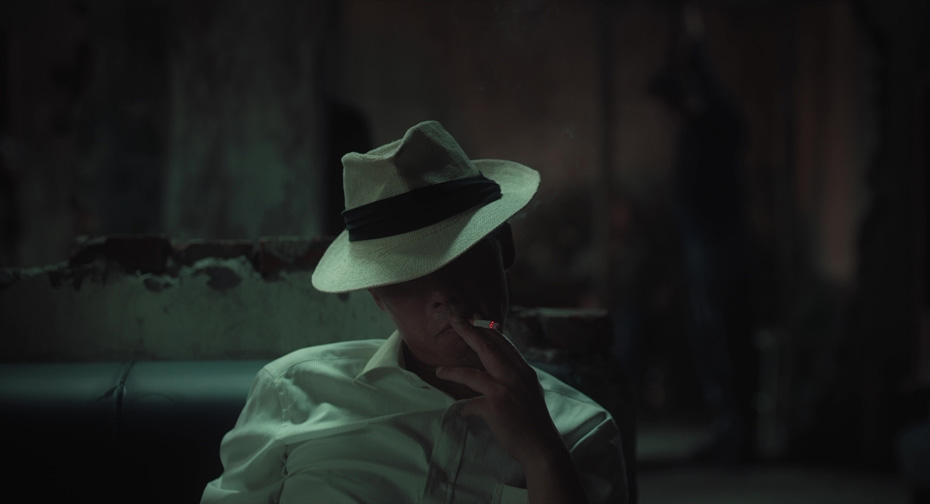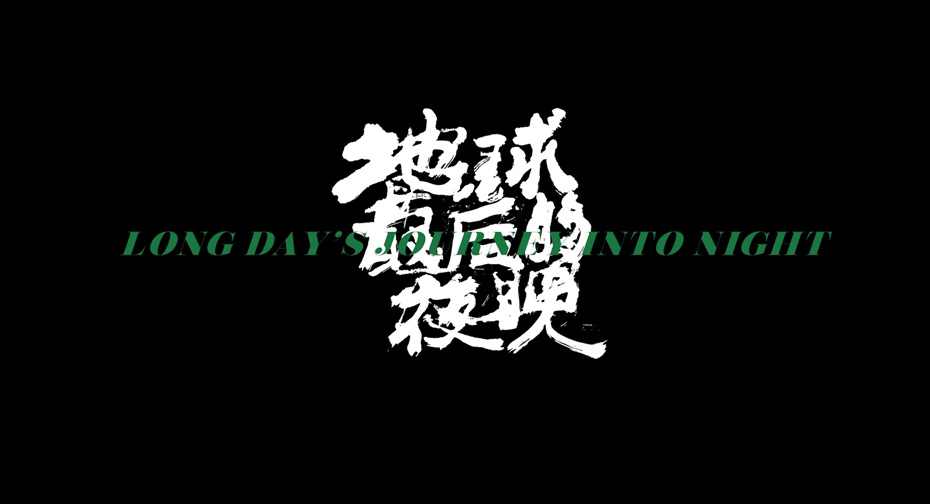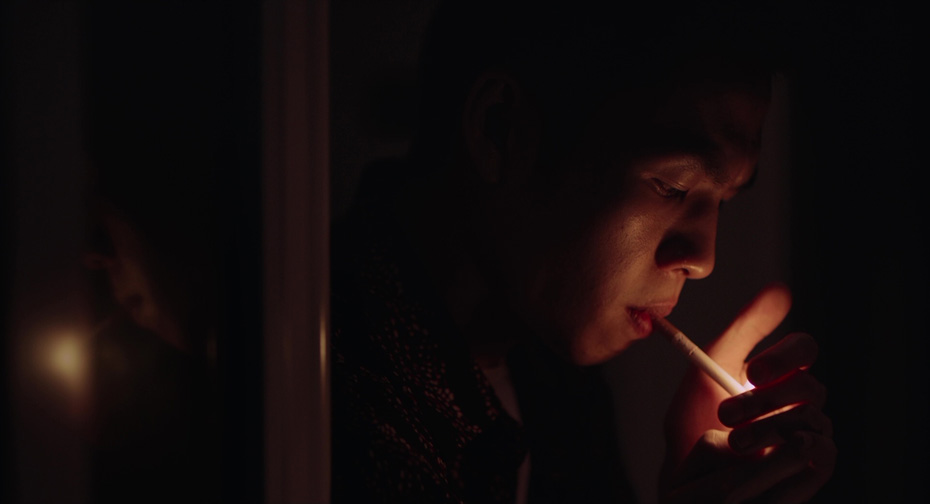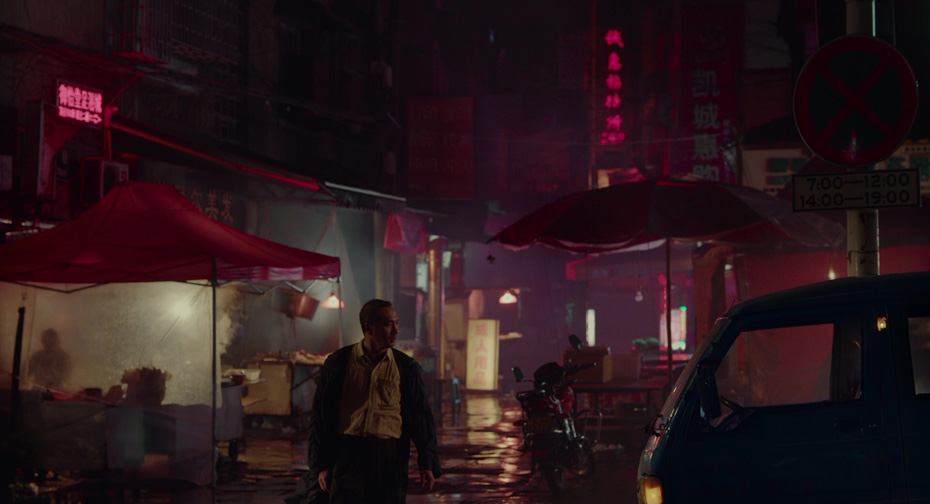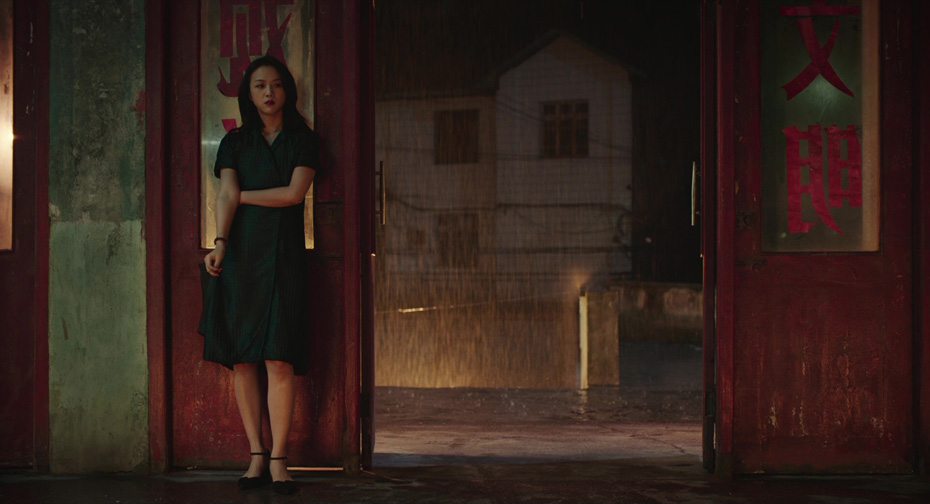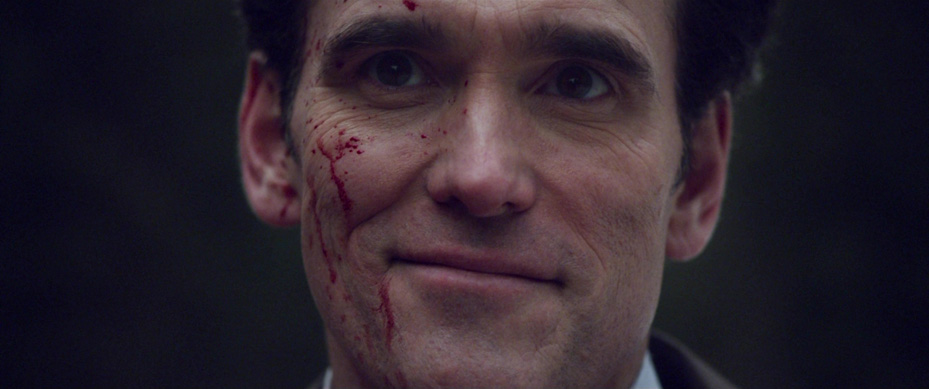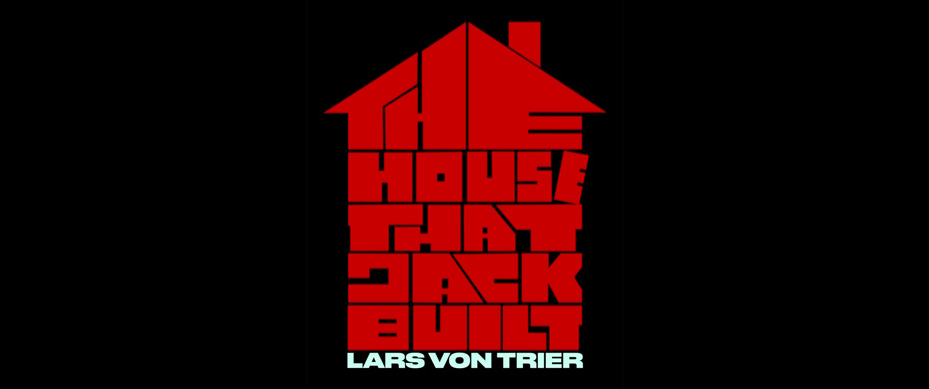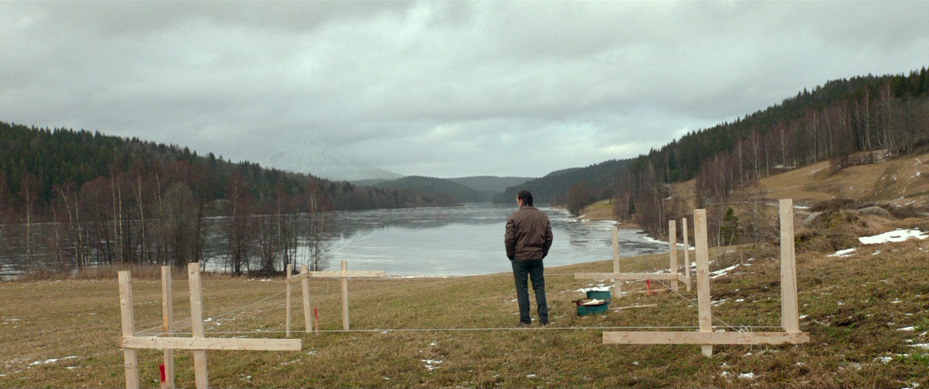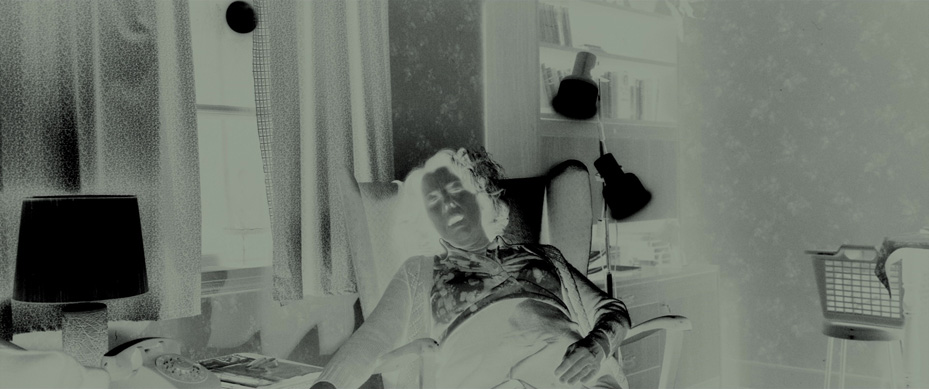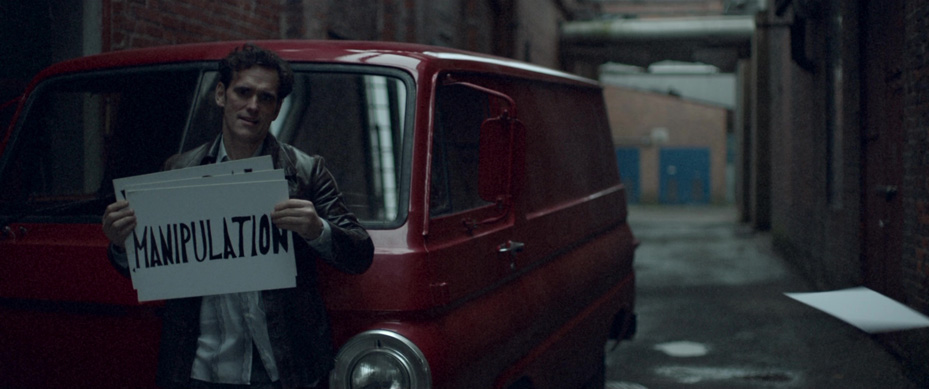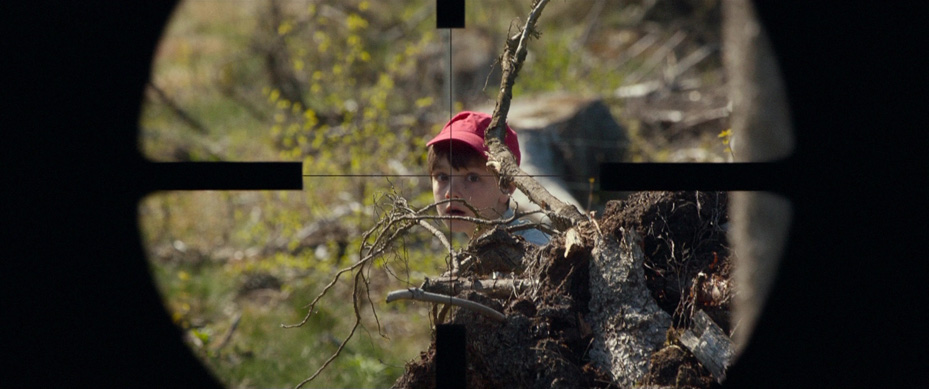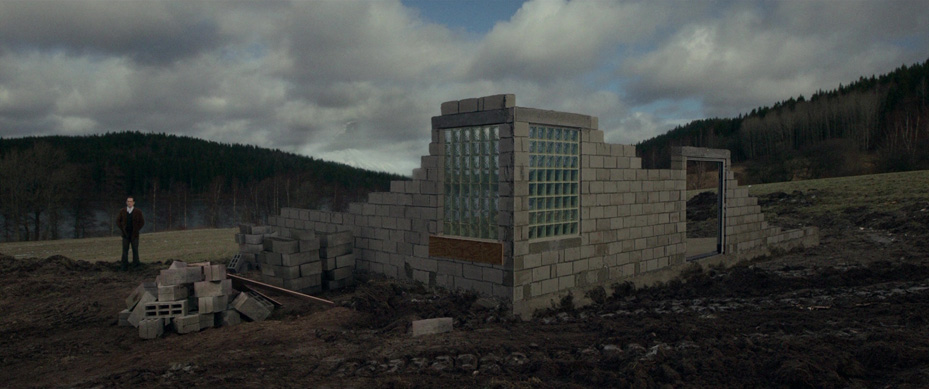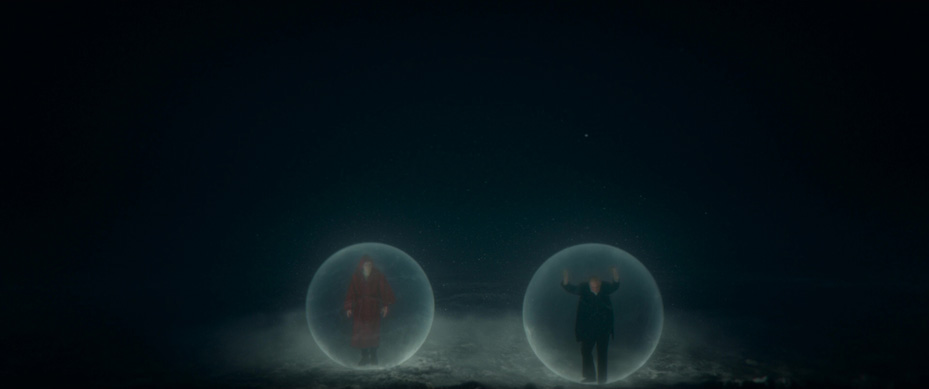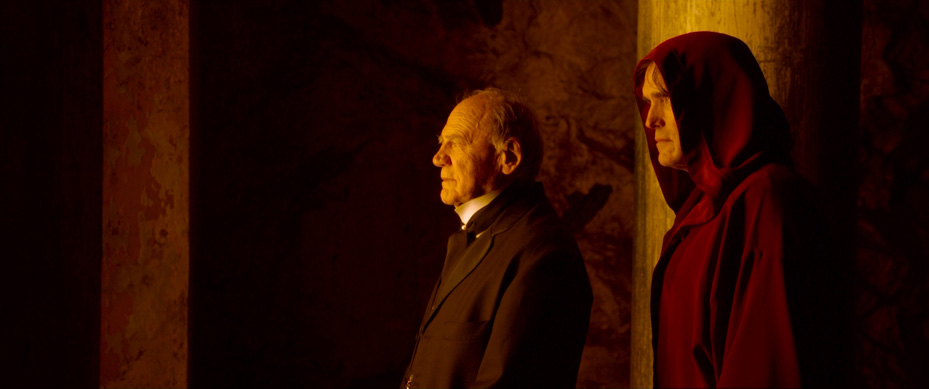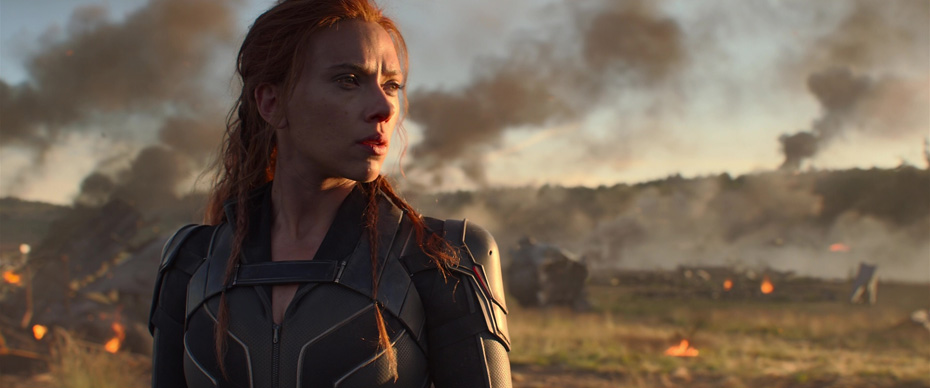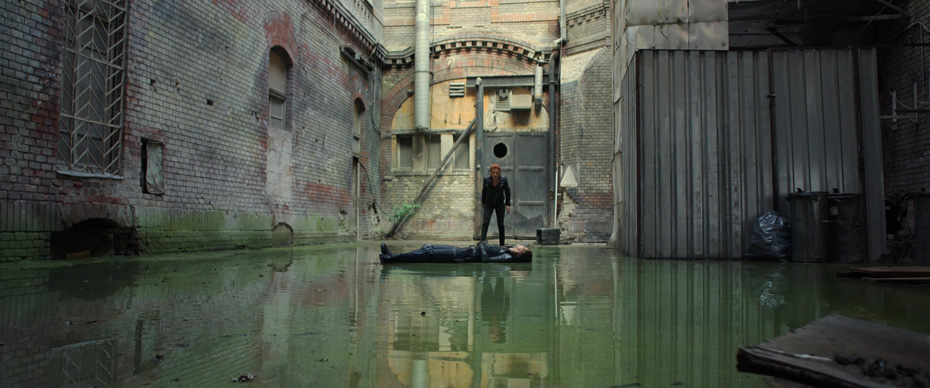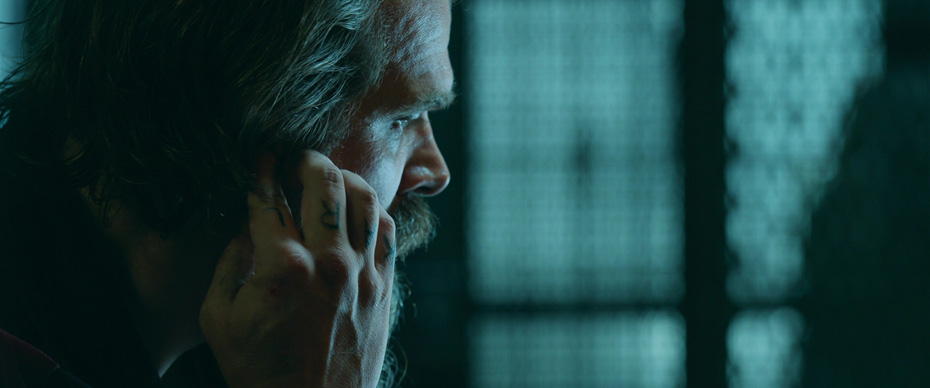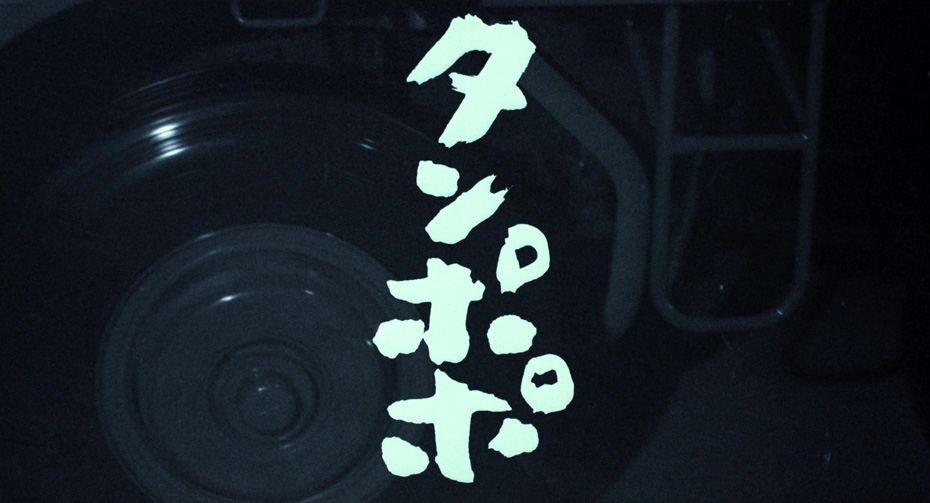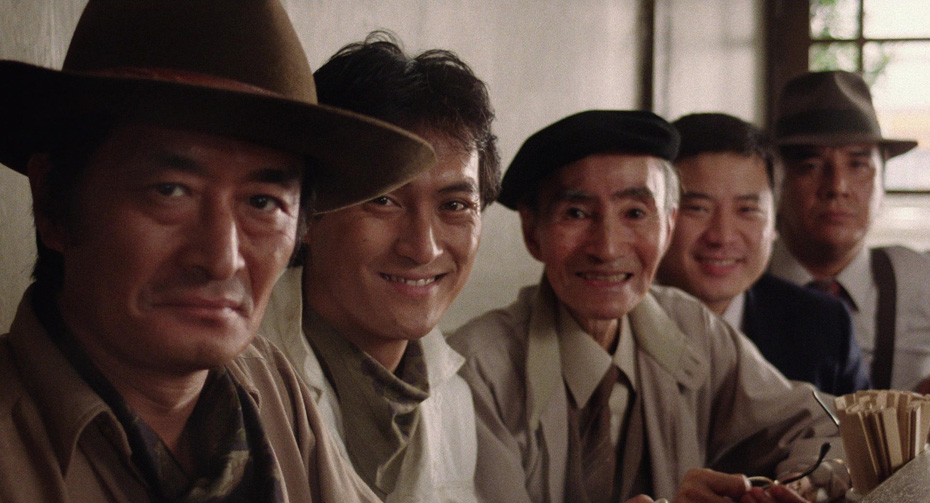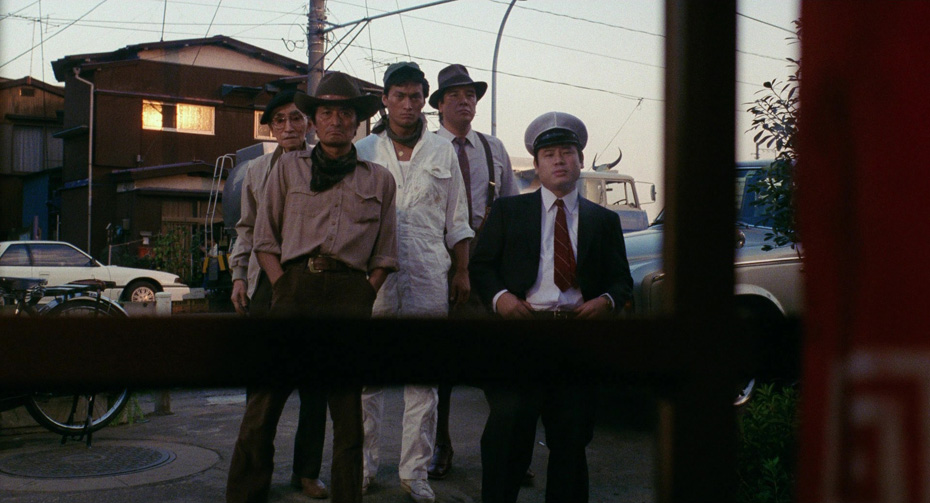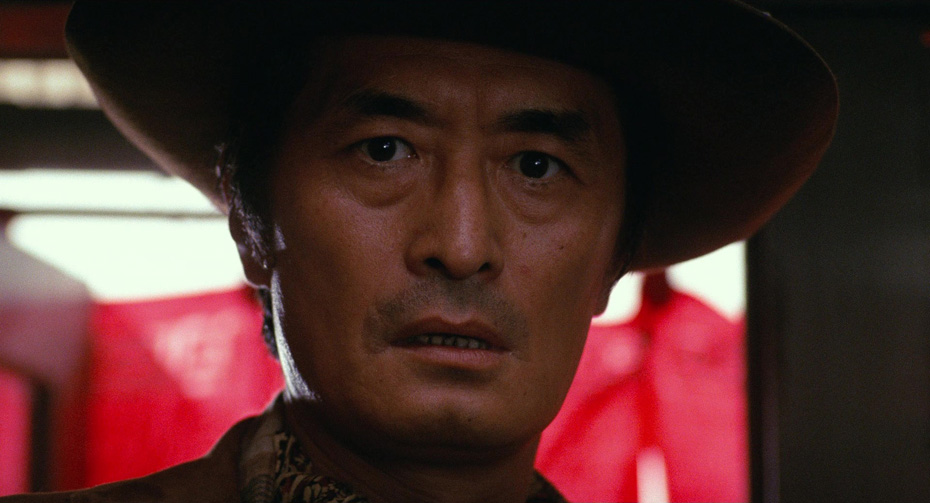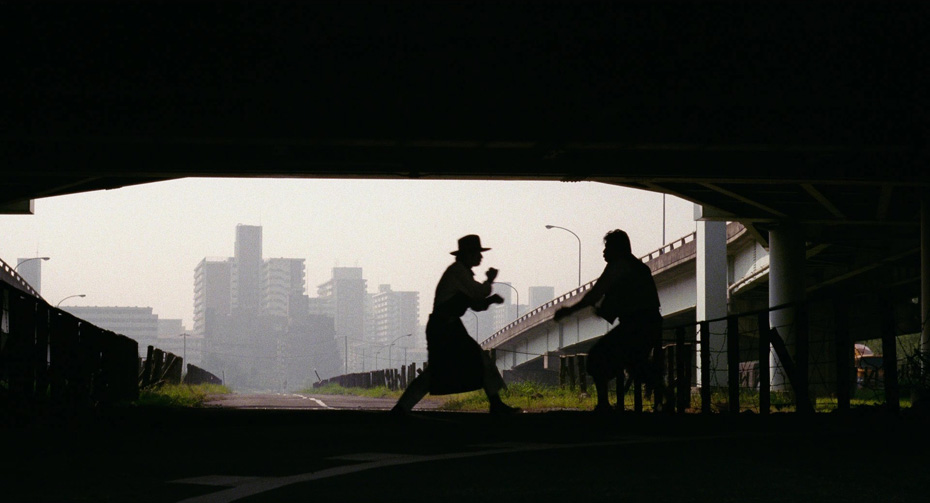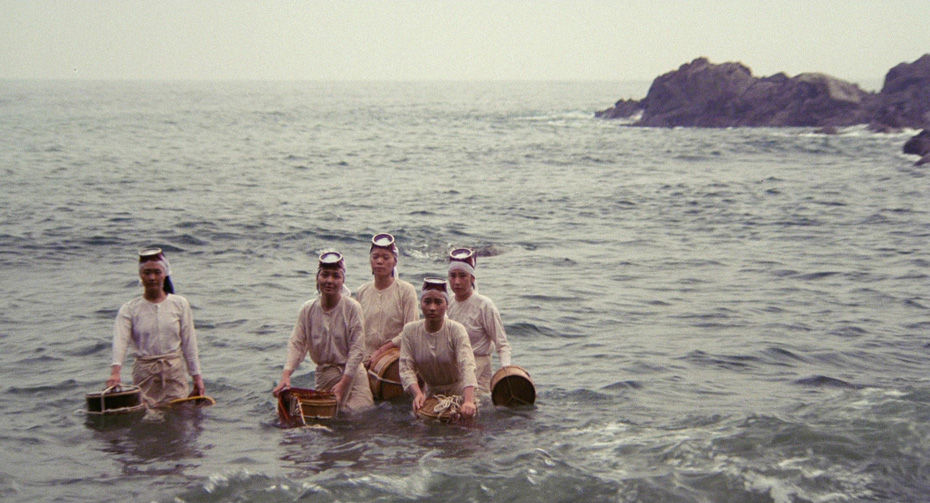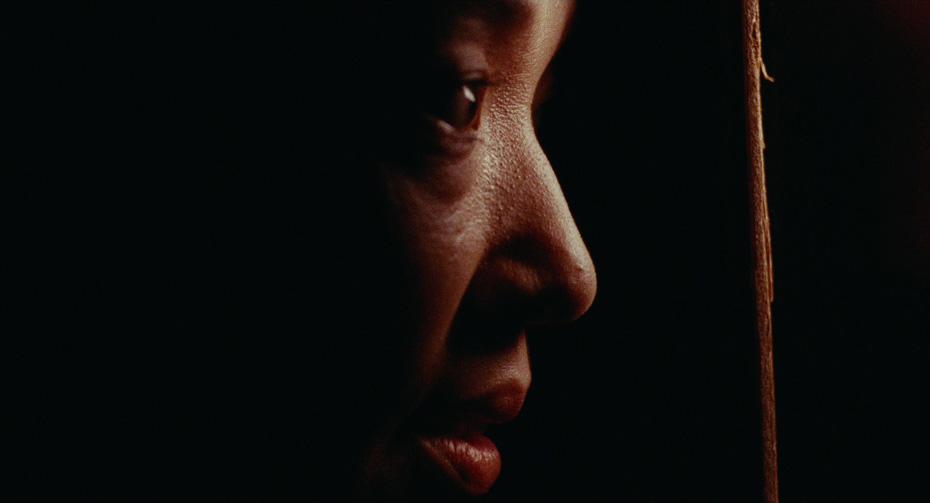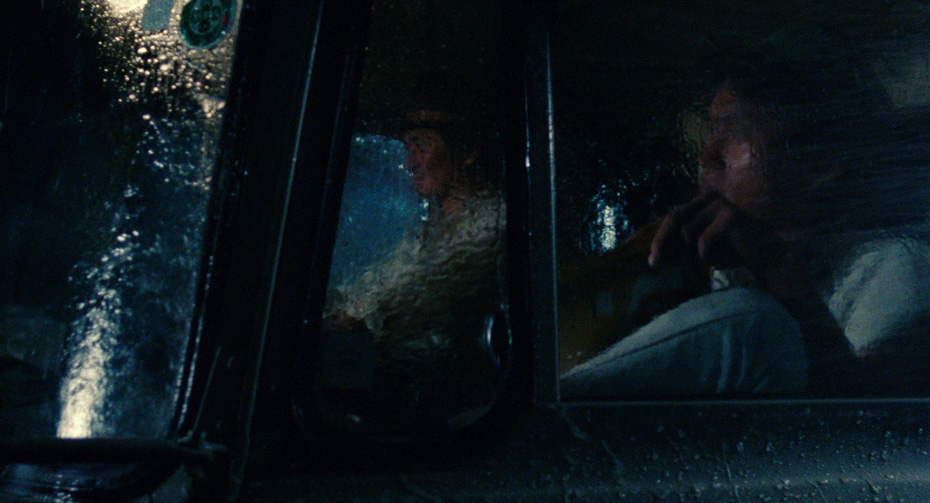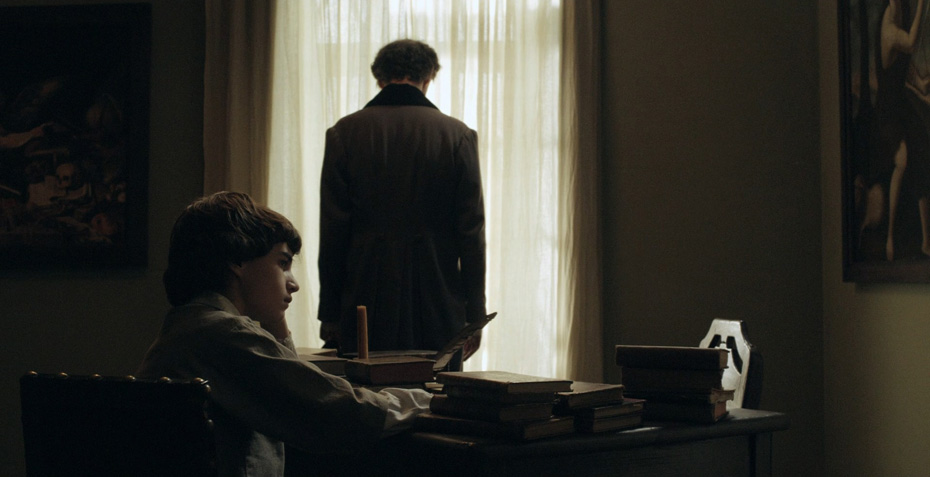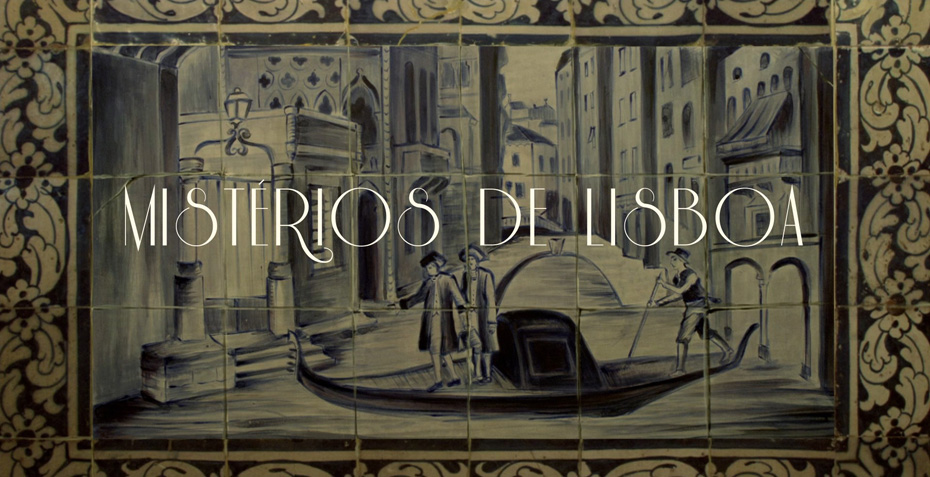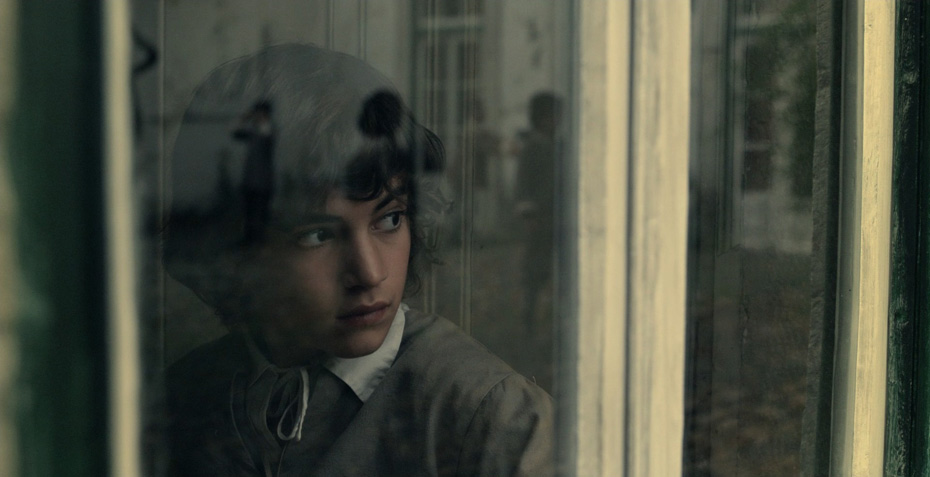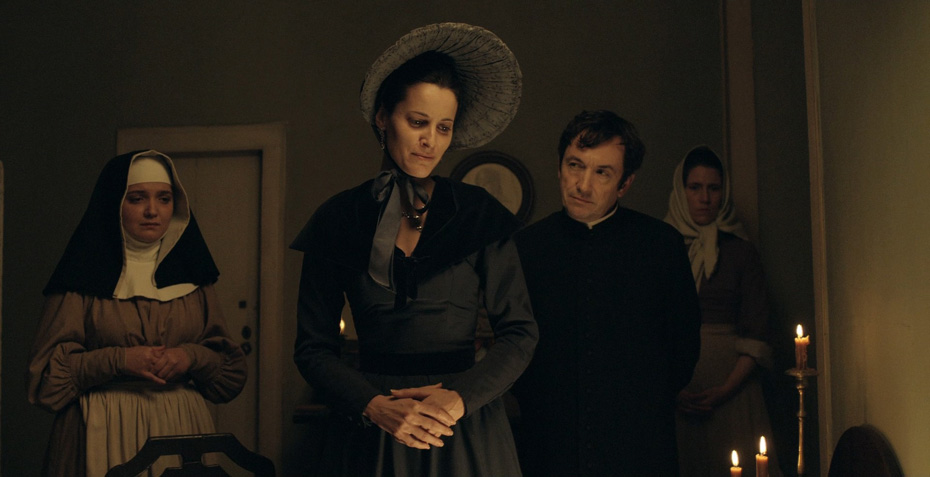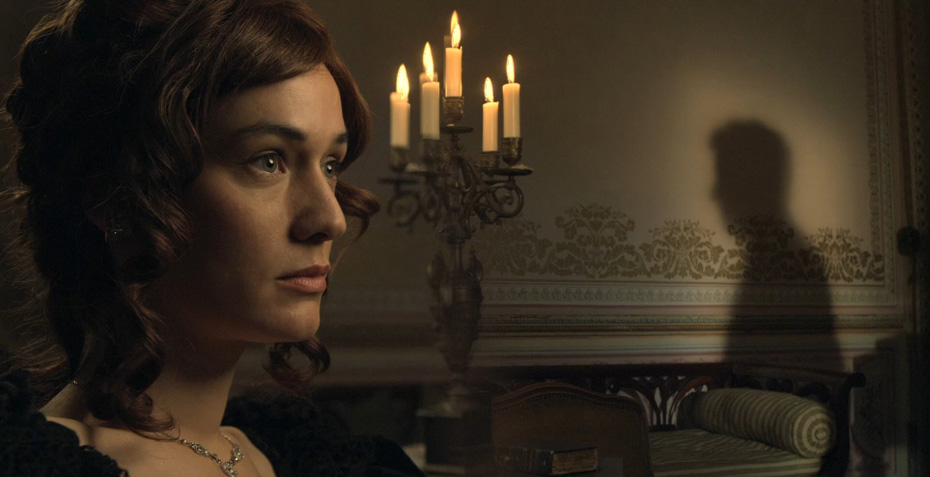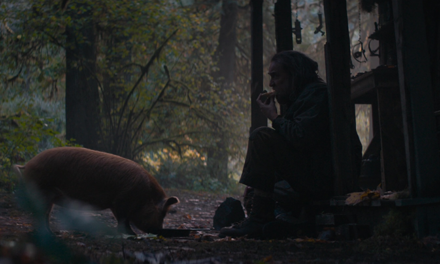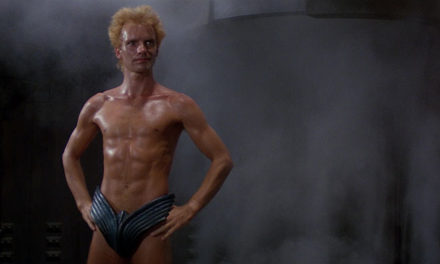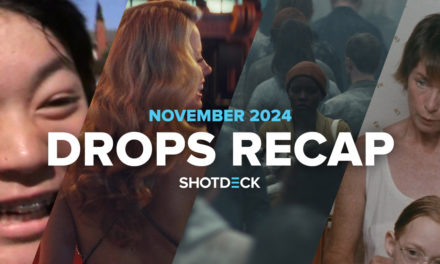THE TUESDAY DROP: 5,800+ New Shots
11.29.22 Get your Decks ready ShotDeck Team! We’re diving back in and adding shots to some of our most popular titles like Moonlight and Lawrence of Arabia as well as releasing several new films and tv shows! Check them out below, and remember you can always request films for future drops by clicking here!
LAWRENCE OF ARABIA (1962)
LAWRENCE OF ARABIA is a 1962 British epic historical drama directed by David Lean, based on the life of T.E. Lawrence and his 1926 book Seven Pillars of Wisdom. The film stars Peter O’Toole as Lawrence, a British lieutenant who, due to his knowledge of the native Bedouin tribes, is sent to the Middle East to find Prince Faisal (Alec Guinness) and serve as a liaison between the Arabs and the British in their fight against the Turkish. With the aid of local Sherif Ali (Omar Sharif), Lawrence rebels against the orders of his superior officer and sets out on a journey across the desert to attack a Turkish port. Lawrence of Arabia was nominated for ten Academy Awards, winning seven, including Best Picture and Best Director. In 1991, the film was added to the US National Film Registry by the Library of Congress, and today, it is widely considered to be one of the greatest films of all time. Lean worked on the film with British cinematographer Freddie Young, who is also known for his work on films such as Doctor Zhivago, Ryan’s Daughter and You Only Live Twice.
Lawrence of Arabia was shot largely on location across Jordan, Morocco, and southern Spain (where Seville doubled as Cairo, Jerusalem and Damascus, and all the interior scenes were filmed). The intensity of the environmental conditions on both the cast and crew as well as the equipment, coupled with the scale and complexity of the scenes being staged, meant that Lean and Young’s collaboration was both close and complicated, with lots of planning required on the set to adjust shots that were different to their original conception in pre-production. Young shot the film using Super Panavision technology, allowing him to shoot with spherical lenses instead of anamorphic for the aspect ratio. The image was exposed on a 65mm negative, before being printed onto a 70mm positive to leave room for the sound tracks. Lean and Young discovered early that fast-paced editing would be distracting and disturbing for an audience on a large format, and took this as an impetus to construct longer shots that evolved, rather than relying on fast-paced editing to construct action sequences and push the story forwards.
MOONLIGHT (2016)
MOONLIGHT is a 2016 American coming-of-age drama written and directed by Barry Jenkins in his second feature directorial effort, adapted from Tarell Alvin McCraney’s unpublished play In Moonlight Black Boys Look Blue. The film presents three stages in the life of Chiron, a young black man growing up in Miami – his childhood, his adolescence, and his early adult life. Through it, it inspects the challenges he faces with his sexuality and identity, as well as the relationships he has with those around him. The film stars Alex Hibbert, Ashton Sanders and Trevante Rhodes as Chiron in each chapter, Jaden Piner, Jharrel Jerome and André Holland as his love interest, Kevin, in each chapter, as well as Naomie Harris, Mahershala Ali and Janelle Monáe. Moonlight premiered at the Telluride Film Festival and grossed over $65 million from its $1.5 million budget, and went on to earn eight Academy Award nominations, winning in the Best Adapted Screenplay, Best Supporting Actor and Best Picture categories. Today, it is widely considered one of the most influential films of the century so far. Jenkins worked on the film with American cinematographer and longtime collaborator James Laxton, with whom he began making films when the pair were at film school together. Laxton has shot all of Jenkins’ projects to date.
From the beginning of their collaboration on Moonlight, Jenkins and Laxton were clear that they wanted to move away from the documentary realist look that they had come to expect of American indie films dealing with social issues. Instead, they were after a dreamlike feel rooted in the light and colors of Miami, while immersing the audience in the world and experiences of Chiron – which they both thought of as close to a fever dream. Laxton wanted the actors’ skin tones to shine, and wanted to push the contrast ratio in the image with his lighting design. Working closely with colorist Alex Bickel, Laxton designed a lighting scheme which almost always relied on a single source with no fill light, allowing light to fall off into shadows and create strong lighting sculptures of characters’ faces. Laxton shot the film on the Arri Alexa digital camera, and he and Bickel created LUTs that would emulate different film stocks for each chapter of the film. Chapter one emulated Fuji film stock to intensify skin tones, chapter two emulated Agfa film stock to pull more cyan out of the images, and the final chapter emulated a modified Kodak film stock, to add warmth to the images.
CLOSE ENCOUNTERS OF THE THIRD KIND is a 1977 science fiction drama written and directed by Steven Spielberg, his fourth feature directorial effort. The film follows a group of disparate people, primarily blue-collar worker Roy Neary (Richard Dreyfuss), whose lives are changed after a chance encounter with a UFO, and who go in search of it. Melinda Dillon, Teri Garr, Bob Balaban, Cary Guffey and François Truffaut also star. Close Encounters of the Third Kind grossed over $300 million from its $19.4 million budget, earning nine Academy Award nominations (winning in the Best Cinematography category) and an induction into the US National Film Registry by the Library of Congress in 2007. Today, it is widely considered one of the greatest science fiction films ever made, and one of the most influential films of the New Hollywood era. Spielberg worked on the film with Hungarian-American cinematographer Vilmos Zsigmond and American visual effects supervisor Douglas Trumbull. Zsigmond had previously worked with Spielberg on The Sugarland Express, and his other credits include McCabe & Mrs. Miller, Obsession and Blow Out. Trumbull is known for his VFX work on films such as 2001: A Space Odyssey, Blade Runner and The Tree of Life.
Zsigmond and Spielberg decided to shoot Close Encounters of the Third Kind anamorphically on 35mm film as a way of portraying the epic scale of the story visually. Lighting designs were an essential component of the film’s visual language, and they became the cornerstone for showing the impact that the UFO was having on the sleepy town in which first contact takes place. Spielberg and Trumbull decided to try to accomplish as much of the visual effects as possible using miniatures, which led to major advances in motion control photography in cinema. The look for the mothership was inspired by an oil refinery that Spielberg had seen at night while in India, and was designed by Ralph McQuarrie and Greg Jein. Sequences with miniatures were shot on 70mm film, so that when they were combined with the full-sized elements using an optical printer, details would not be lost in the conversion. The extraterrestrials at the end of the film were played by fifty local six year old girls in Mobile, Alabama, with puppets having not worked out and Spielberg deciding that girls would move more elegantly than boys in that sequence.
Y TU MAMÁ TAMBIÉN (2001)
Y TU MAMÁ TAMBIÉN is a 2001 Mexican road drama co-written and directed by Alfonso Cuarón. The film stars Diego Luna and Gael García Bernal as Julio and Tenoch, two 17 year old boys who take a summer road-trip across Mexico with an older woman, Luisa (Maribel Verdú). The film is set in 1999 against the backdrop of the rise of Mexico’s opposition leader Vicente Fox, breaking 70 years of uninterrupted rule by the Institutional Revolutionary Party in Mexico. Y Tu Mamá También premiered at the Venice Film Festival, before playing at the Hawaii International Film Festival. It grossed over $2.2 million in its opening weekend, setting a new box office record in Mexico. The film grossed over $33 million worldwide from its $5 million budget, and was nominated for Best Original Screenplay at the Academy Awards. Today, it is considered a landmark of contemporary Mexican cinema. Cuarón worked on the film with Mexican cinematographer and regular collaborator Emmanuel Lubezki, with whom he has also shot the short film Vengeance is Mine, the television series La hora marcada and Fallen Angels, and the features Sólo con Tu Pareja, A Little Princess, Great Expectations, Children of Men and Gravity.
Cuarón and Lubezki wanted the visual language of Y Tu Mamá También to avoid nostalgia in any way, and instead to focus on showing the context as centrally as the characters in the film. For them, the visual strategy they employed had to give the film a sense of objective reality, to keep a distance and observe the actions as they unfolded over the course of the movie. The style that Lubezki found for the film was developed in step with the writing and performances of the film – hand-held throughout, and improvisatory, allowing the actors to develop scenes in the moment. The shooting style of long unbroken takes that eschewed conventional coverage became the hallmark of Y Tu Mamá También, and a crucial bedrock for the emotion unfolding over the course of the film.
BULLET TRAIN (2022)
BULLET TRAIN is a 2022 American action comedy directed by David Leitch, based on the 2010 novel Maria Beetle (titled Bullet Train in the US and UK) by Kōtarō Isaka. The film stars Brad Pitt as a begrudging assassin who must battle fellow assassins while riding a fictionalized version of the Tokaido Shinkansen bullet train. The film also stars Joey King, Aaron Taylor-Johnson, Brian Tyree Henry, Andrew Koji, Hiroyuki Sanada, Michael Shannon, Bad Bunny and Sandra Bullock. Bullet Train grossed over $239 million from its $90 million budget. Leitch worked on the film with German production designer David Scheunemann, who had worked with Leitch previously on Atomic Blonde as well as Fast & Furious Presents: Hobbs & Shaw
Despite being set in Japan, Bullet Train was filmed entirely in Los Angeles, on the sound stages of the Sony lot in Culver City, in part due to restrictions on travel during the Covid-19 pandemic, when the movie was filmed. Though Scheunemann’s work started with in-depth research into the Japanese corner of the internet and the architectural trends of Japanese trains, he and Leitch found that because of the saturated and heightened nature of the film and its characters, abiding strictly by reality wasn’t appropriate for the film, and Scheunemann and his team took those original designs into a new place for the film. Scheunemann and his team built two train cars connected to one another, and had LED screens set up outside to mimic the landscape going by while they filmed on the sound stages. For exterior scenes, they built another exterior-interior train that was composited together with a station (the station layout was re-dressed over and over for the different stations the train stops at in the movie).
BEYOND THE LIGHTS (2014)
BEYOND THE LIGHTS is a 2014 American romantic drama written and directed by Gina Prince-Bythewood. The film stars Gugu Mbatha-Raw as Noni, a singer having trouble dealing with her success and her overbearing mother (Minnie Driver). When Noni attempts to commit suicide, Kaz (Nate Parker), a police officer assigned to be her bodyguard, helps prevent her suicide. The two share an attraction, but fear what may come of it. Aml Ameen and Danny Glover also star. Beyond the Lights premiered at the 2014 Toronto International Film Festival, and went on to be nominated for an Academy Award in the Best Original Song category for the song “Grateful”. Prince-Bythewood worked on the film with American cinematographer Tami Reiker, who is also known for her work on projects such as Carnivàle, The Old Guard and One Night in Miami...
Prince-Bythewood went into production for Beyond the Lights with a budget of $7.2 million and 29 days, presenting a challenge for her and Reiker to develop a carefully crafted visual language that could give the film the kind of gloss and sheen that Prince-Bythewood wanted it to have. Prince-Bythewood and Reiker developed their visual language around Noni and her emotional state, establishing a clear rule set that when Noni is on stage, the film would feel bright and colorful, but hollow. And when Noni is off stage, the film was to feel raw and real, exposing the underbelly of her emotions and treated with a less composed, more hand-held camera approach, and a harsher lighting design.
DON’T LOOK UP (2021)
DON’T LOOK UP is a 2021 American apocalyptic political satire film written, produced and directed by Adam McKay, from a story he co-wrote with David Sirota. The film tells the story of two astronomers (played by Leonardo DiCaprio and Jennifer Lawrence) who attempt to warn humanity about an approaching comet that will destroy all human civilization (in an allegory for the impact of climate change). Rob Morgan, Jonah Hill, Mark Rylance, Meryl Streep, Tyler Perry, Cate Blanchett, Timothée Chalamet, and Ron Perlman also star. Don’t Look Up premiered on Netflix in 2021, and went on to earn four Academy Award nominations. McKay worked on the film with Swedish cinematographer Linus Sandgren, who is also known for his work on films such as La La Land, First Man and No Time to Die.
Sandgren and McKay decided to shoot the majority of Don’t Look Up on 35mm Kodak film, with a naturalistic lighting approach that would contrast with the look and feel of the scenes filmed in the television studios, which were over-lit and shot with 4K digital cameras (the entire film, though shot on celluloid, was delivered in 4K HDR for Netflix). Sandgren and McKay wanted the visual language to showcase the superficiality of the world that many of the characters in the film occupied, as a way of contrasting against the very real threat that they were all ignoring. The scenes set in the real world were inspired by political thrillers such as The Parallax View, All the President’s Men and Three Days of the Condor, as a way of cutting against the comedy in the visual presentation of the film. Sandgren opted to shoot on the Atlas Orion anamorphic lenses, due to their sharpness at the edge of the frame when fully open at T2, the clean blue lens flares, and the ability to control aberrations such as curves in vertical lines more than with traditional anamorphic lenses. All the footage was processed at FotoKem in Los Angeles, with Matt Walach as the supervising colorist to ensure that there was a consistent final image based on the look they had decided upon in pre-production.
SNOWFALL: SEASON ONE (2017)
SNOWFALL is an American crime drama television series created by John Singleton, Eric Amadio and Dave Andron, first broadcast on FX. Set in 1983 Los Angeles, the series focuses on the rise of the crack epidemic and its influence on the city, following several characters whose lives eventually intersect – a 20-year-old drug dealer named Franklin Saint (Damson Idris), Mexican luchador Gustavo “El Oso” Zapata (Sergio Peris-Mencheta), VIA operative Teddy McDonald (Carter Hudson) and Zapata’s niece Lucia Villanueva (Emily Rios). Snowfall’s first season was released in 2017, and has run an additional five seasons. Season 1 was designed by American production designer Tomas Voth, who has worked on projects such as Savages, 68 Whiskey and Promised Land.
Voth worked with set decorator Amy Vuckovich to collect items from the period to ensure maximum attention to historical detail. One of the challenges they faced was that the 80s is a period recent enough that pieces can be difficult to attain – they are not far enough back in time to be considered vintage, so people tend to throw items away rather than preserve them. Voth and Vuckovich collected items from estate sales, online, flea markets, studios and vintage stores to amass a large range of relevant items. Voth and Vuckovich prioritized storage, since small solutions could not be solved by a quick run to a department store during production. LA 1980s details such as the prevalence of “Jordan almond” colors, the Olympic games and graphic typefaces became an important part of the visual language for Voth’s production design, and were relied upon and extended to present the emotional journey of the show in the set.
LONG DAY’S JOURNEY INTO NIGHT is a 2018 drama directed by Bi Gan. The film follows Luo Hongwu (Huang Jue), a man who returns to his hometown of Kaili after a long absence, in search for the woman he once loved and was never able to forget. Long Day’s Journey into Night premiered in the Un Certain Regard section of the Cannes Film Festival, and grossed over $42 million worldwide from its $435,000 budget. Gan worked on the film with cinematographers Yao Hung-i, Dong Jinsong and David Chizallet.
Long Day’s Journey into Night is perhaps best known for the 59-minute single-take shot in 3D that concludes the film. The shot was conceived by Gan to look and feel like a lucid dream, and contrast with the more fragmented, 2D reality presented to the audience beforehand. He and the cinematographers spent months testing and experimenting with technology and staging to pull off the shot, eventually deciding to film it with a RED, due to its lightweight and maneuverable nature, as well as its sensitivity to low light, and convert the 2D footage into 3D in post. During the take, the camera floats from a cave to a motorcycle, takes off in a drone and follows characters through the town, all during the dark of night. Careful planning with the gaffer and lighting department (who had previously shot films with director Wong Kar-wai) allowed the team to choreograph the shot. Magnets were attached to the camera, so that it could smoothly transition from crane to hand-held and then be picked up by a drone that was already hovering over its mark by the time the camera landed there.
THE HOUSE THAT JACK BUILT (2018)
THE HOUSE THAT JACK BUILT is a 2018 psychological horror slasher film written and directed by Lars von Trier, starring Matt Dillon, Bruno Ganz, Uma Thurman, Siobhan Fallon Hogan, Sofie Gråbøl, Riley Keough and Jeremy Davies. The film follows Jack (Dillon), a serial killer, over a 12 year period from the 1970s to 80s, as he commits a series of murders in the US state of Washington. The film uses Dante’s Inferno as a metatext and is structured as a series of flashbacks relayed by Jack to the Roman poet Virgil, during which Jack tries to justify his crimes. The House that Jack Built premiered at the 2016 Cannes Film Festival. Von Trier worked on the film with Chilean-Danish cinematographer Manuel Alberto Claro, with whom he had also made Melancholia and Nymphomaniac.
Claro considered The House that Jack Built to be visually in the same world as Nymphomaniac, and discussed with von Trier creating an organic, slightly dirty frame for the film as the basis for its visual language. Von Trier shied away from giving Claro any films as visual reference, instead studying the crime photography of Mexican photographer Enrique Metidines, portraits by Mary Ellen Mark, and photographs by William Eggleston. Claro shot the film on the Arri Alexa and Alexa Mini cameras using an Angénuix Optimo 28-76mm zoom lens, largely in order to move at the pace that von Trier wanted during the production, and in order to minimize the influence of technology on the shoot. In keeping with his preferred approach, von Trier wanted The House that Jack Built to have a naturalistic look and feel in both the camerawork and the lighting design (which relied largely on natural lights and LEDs), with the exception of some moments where he and Claro deliberately broke the visual rhythm of the piece to present much more composed moments that were shot on dollies or cranes, reminiscent of the work of filmmakers such as Andrei Tarkovsky.
BLACK WIDOW (2021)
BLACK WIDOW is a 2021 American superhero film directed by Cate Shortland, based on the Marvel Comics character of the same name. The film stars Scarlett Johansson as Natasha Romanoff / Black Widow, alongside Florence Pugh, David Harbour, O-T Fagbenle, Olga Kurylenko, William Hurt, Ray Winstone and Rachel Weisz. The film follows Black Widow as she confronts her history as a spy when a dangerous conspiracy with ties to her past before she became an Avenger arises. Black Widow grossed over $379 million from its $200 million budget, becoming one of the highest grossing films of the year. Shortland worked on the film with Mexican cinematographer Garbiel Beristain, who is known for his work on projects such as Blade II, Agent Carter and Blood In Blood Out.
Shortland wanted the visual language of Black Widow to have “peril at its heart”, taking visual inspiration from films such as No Country for Old Men, Thelma & Louise and Captain America: The Winter Soldier. She and Beristain also looked at the fight sequences from films such as Alien and the Terminator franchise as reference points for action scenes involving female characters. Beristain approached the cinematography of the film with a priority placed on naturalism, wanting to shoot with large lighting units often set up outside locations with lots of diffusion. Shortland and Beristain chose to shoot Black Widow in an anamorphic format, highlighting the expanses of the exterior landscapes in which they were filming, and staging scenes to emphasize the scale of movement in the frame.
TAMPOPO (1985)
TAMPOPO is a 1985 Japanese comedy written and directed by Juzo Itami, starring Tsutomu Yamazaki, Nobuko Miyamoto, Kōji Yakusho and Ken Watanabe. The film follows two Japanese milk-truck drivers (Yamazaki and Watanabe) who help a restaurant owner (Miyamoto) learn how to make great ramen noodles. Itami called Tampopo a “ramen western”, using conventions of the genre and relocating them into the settings of this story set in Japan. Tampopo was released in Japan by Toho, and by the New Yorker in the US two years later. It has become a cult hit, and is widely considered one of the most influential “food films” ever made. Itami worked on the film with Japanese cinematographer Masaki Tamura, whose credits include Desert Moon, Crickets and Sad Vacation.
While Tampopo’s visual language takes many cues from the American western genre, Itami and Tamura were also clear that they wanted the film to be a sensuous and emotional film to watch, and to celebrate the food that was being made and eaten on screen. Itami was influenced by The Phantom of Liberty, directed by Luis Buñuel, and wanted the film to similarly unfold in an unbroken flow. To them, the portrayal of the food was in step with the portrayal of the emotions as they unfolded over the course of the movie, and Tamura ensured that the color design of Tampopo would be rich and saturated throughout, relishing the eroticism of eating and making food.
MYSTERIES OF LISBON (2010)
MYSTERIES OF LISBON is a 2010 Portuguese period drama directed by Chilean filmmaker Raúl Ruiz, based on the 1854 novel of the same name by Camilo Castelo Branco. The film follows a jealous countess, a wealthy businessman and a young orphaned boy across Portugal, France, Italy and Brazil, as they connect with a series of mysterious individuals, while also guarding their own secrets. The film stars Adriano Luz, Maria Joāo Bastos, Ricardo Pereira, Clotilde Hesme and Afonso Pimentel. Mysteries of Lisbon played at the San Sebastián International Film Festival and the Sāo Paulo International Film Festival, and was released as both a film and a miniseries internationally. Ruiz worked on the film with Brazilian cinematographer André Szankowski, whose credits include Crime Time, The Gilded Cage and Cosmos.
Ruiz wanted long takes and a flowing sense of camera movement to define the visual style of Mysteries of Lisbon, utilizing digital camera technology to activate the period genre in a way that defied its conventions. Szankowski chose to shoot the film with the Panavision Genesis camera, and he and Ruiz came up with a visual strategy that would constantly reposition the audience in relation to the characters, something that the story itself forced the audience to do. Szankowski made extensive use of the steadicam throughout production, often shooting wider and eschewing close-ups or conventional coverage throughout the shoot.




